-
Posts
1,528 -
Joined
-
Last visited
Content Type
Profiles
Forums
Gallery
Events
Posts posted by vaddoc
-
-
Yes, don't be too concerned with spilling. After a while it becomes routine
- Canute, Seventynet, mtaylor and 2 others
-
 5
5
-
My experience has been a bit different Jeff.
I ve never used or even seen holly. I ve used swiss pear a lot though. I ve found that it does not like bending much. It can but it needs a lot of force to keep it in shape, it can fracture suddenly and does not respond well to steam/hot water bending. Also, it resists sanding as it is hard. At 1 mm any wood will bend. At 2 mm, you might struggle with pear. Maybe I am wrong though.
Of all the timbers I have, pear strips are the only ones that even after many years they are still dead straight, everything else has warped with moisture changes and time.
My 2 cents
-
Dear all, a quick update.
I finished painting the hull. The whole job was done on the kitchen table, no way this could be done with enamels.
The upper part of the hull came out great. It did take more than a dozen coats though.
This is impressive considering its brushed!
I then unmasked the hull and remasked to start applying Varnish. I used the Vallejo polyurethane gloss varnish heavily thinned. It went on reasonably ok but it looks it will need 2 more coats. There is some bleeding under the tape but this is my fault, not tacking the tape down well. I decided to leave it, I will not try to correct it.
I like the colour combination very much, not surprising as it was chosen and approved by the admiral...
-
Thanks John and Mark!
Now, some more progress has been achieved and interesting things happened.
First I painted the waterline, in the same ivory colour as the deck and cabin top. I will be praising Vallejo acrylics later on but one thing that enamels do some much better is coverage. I put on 20 coats and I still felt the grey primer was somehow coming through. Overall it looked ok though.
I then masked the painted waterline and removed the masking from the bottom half of the hull which would be painted red. There was a bit of bleeding near the stern but this was my mistake as I had not masked properly. The Tamiya masking tape was faultless.
So now it was time to paint in red the bottom half of the boat and this is a huge continuous surface. I was certain the result would be a celebration of brush strokes but I did not want to use enamels. It came out great! No brush strokes at all, just a few blemishes due to very pour technique. It took a dozen or more coats using an 1" brush (!) but I could not be happier. Vallejo model colour line is simply amazing.
Interestingly, I spilled my tea (with milk and sugar) over the hull in between coats but this did not affect the outcome. Maybe I accidentally stumbled over their secret thinner recipe?
Then I used the Vallejo polyurethane varnish. Disaster...
I brushed unthinned satin varnish, and it just would not spread. It would leave lots of bubbles and also seemed to react with the colour, creating lumps. I had to use the brush to scrape these off, just a huge mess. In the end after I had kind of patched things up, I left it to dry. Miraculously, it healed it self leaving only some unevenness.
Then I applied a second coat but I heavily thinned the varnish, stupidly using water. It went on much better but the varnish separated, so after it dried, there were large gloss areas and large matt ones.
A third coat went on, matt varnish this time but thinned with proper acrylic thinner. This worked extremely well. Easy to apply, no brushmarks, all wet edges blending together and becoming invisible. This is what I should have done from the start.
This is how the hull looks now. A few small shiny areas, some brush marks and a few uneven areas. It probably needs another coat but these problems will never go after the abuse the hull suffered during the first two coats and in any case they are not visible due to the scale and the size of the hull. Overall I am happy with the outcome.
-
Does the beam narrows at the middle or is it a trick of the eye Patrick?
- Piet, mtaylor, popeye the sailor and 1 other
-
 4
4
-
Thanks John! It is (very) slowly coming together.
Now, the waterline gave me trouble. Initially I used a pencil fixed to a jig, but it did not perform well. I then used a ball pen which did better, but I was not happy with the ink line that I suspected would not easily be covered by paint. So I sanded everything and re-sprayed primer. It took pretty aggressive sanding to get the pen lines to disappear.
Then I found the solution. I attached a bamboo skewer and dipped the tip in talk powder. As the tip touched the hull, a tiny white dot was left. Nothing permanent as the powder very easily wipes off.
I then masked at the line, then added two more tape strips above and then removed the middle strip. I used Tamiya tape for the first time, it is indeed great.
Then I painted the line with Valejo acrylic. What a wonderful paint! No brush marks, absolutely brilliant. I have put on about 20 coats but still some how I think the grey primer is coming through. I think it is enough though!
I will wait for the paint to cure and then I will mask over it, remove the top and bottom tape strips and the paint the rest of the hull.
-
Work continues at the usual very slow pace but also things are getting pretty challenging. I need to think very carefully before I glue, cut or screw anything and an order needs to be followed, otherwise the next steps become very difficult. Also, the pieces with the Tung oil on are temperamental, they tend to discolour with even a brief contact with masking tape. Tape also raises the grain so need sanding and then more oil.
I sprayed the hull with Humbrol grey primer which is great but very expensive and each can lasts for 2.5 thin coats. The hull is very smooth, only very few slightly rough areas due to the mistake with the methylated spirits. Also the areas which I filled with my previous filler are rough but these are on the underside of the keel so will not show.
I then had a go at marking the water line. I am not happy at all, I ordered a selection of narrow Tamiya tapes.
I continued work on the Cabin. It is crucial to get it right as it will be the only shiny luxurious part of this little boat. I started fitting the various wood trims and also started to shape the doors. The discolouration bellow is from low tack tape. The screws will be replaced by wood nails, unfortunately white as I have difficulties making tree nails from my cherry pieces.
There will be very many wood pieces that will go on the cabin, these are the ones I have prepared so far, sanded to 600 grit and oiled. The oil appears to have polymerised, it takes about a week to 10 days for it to fully cure.
-
What is the wood you are using John?
- popeye the sailor, Piet and mtaylor
-
 3
3
-
Hopefully all is going well with the health issues John.
Your hull looks very good, especially considering you hand draw and cut the frames!
Speedy recovery
Vaddoc
- mtaylor, popeye the sailor and Piet
-
 3
3
-
-
Another thing, the sheered waterline is probably similar to the "exaggerated sheer". At the bow, the sheer should rise more that a faired sheer would suggest. The reason is that otherwise, visually it would appear that at the bow the sheer is flat or dips down. This actually happened with my first model and it is very much noticeable.
-
Oh dear
Mark, your comment about the sheered waterline created a whole lot of new problems!
 Have a look at this thread, I only had a quick glance myself but seems helpful
Have a look at this thread, I only had a quick glance myself but seems helpful
https://www.boatdesign.net/threads/sheered-waterline.35840/
"Tad" is actually Tad Roberts, a well known boat designer. The other people are probably equally qualified.
Regarding Tung oil, it is a fascinating product. It enhances the colour of the wood and when in contact with oxygen, it polymerises into a waterproof hard plastic like substance. It builds a very fine film, so it needs many coats to really finish wood. I read that in ancient China, they would put dozens of coats and as it takes anything from a week to 4 weeks for it to polymerise, it might take months or years to finish a piece. If you thin it with turpentine, it penetrates the wood much better.
I just use it for the colour effect. However, if I varnish immediately, it will never polymerise due to lack of oxygen and the uncured oil might mess up the varnish. For the same reason I will not use water based products over it.
It smells quite nice as well!
I would expect that as the pieces we use are tiny, it would cure much faster. However, even 3 weeks after oil application, a very fine layer, the masking tape still refuses to stick.
Regards
EG
-
Some more progress so time for another post.
I finished painting the deck and the cabin top. Valejo paint is wonderful, no brush marks at all! I did not want to use enamel varnish and I was never happy with the Valejo acrylic one. I decided to try the polyurethane Valejo varnish. This thing is amazing, odourless, dries fast, does not need any thinning. No brush marks at all! I did a bit of head to head with the decoart/americana polyurethane varnish, Valejo is better.
I was planning to make the forward hatch and I had in mind to make it very simple. However, following your positive comments, I had to make it similar to the cabin hatch! This is actually a complex bit to make.
The bottom frame is made of 4 strips, with 4 more thin ones over like veneers. Then the four top pieces went on and then two supporting pieces, matching the curvature of the hatch were added. Then the 6 strips were added.
Then the underside of the hatch was covered with thin pieces of wood to allow the caulking to stay in place
The caulking was made by mixing Elmers wood filler with a bit of black acrylic paint
The caulking went on thickly
Masking tape off, a bit of sanding and then tung oil
This hatch is different than the cabin one as the top extends beyond the sidewalls.
I decided I ll use enamel gloss varnish in all wood pieces. I sanded everything to 600 grid and added another coat of tung oil. I ll wait for a few weeks for the oil to polymerise before I varnish.
However, now it was time to start painting the hull. And things got interesting!
First of all, I had to mark the waterline. I had prepared a jig to allow the boat to stand hull up at a predetermined height with the waterline horizontal, but since I was hasty enough to glue the transom rub rail, this can no longer be used! I tried to take it out but it is glued very well. I had to improvise another jig which would kind of compensate. It actually worked quite well and I was surprised to see that the hull ended up vertical!
And then I thought I should degrease the hull so I used methylated spirits. Almost a disaster! Immediately it started to dissolve the sanding sealer! I managed to quickly wipe the hull with isopropyl alcohol and then I lightly sanded with 400 grit. I will leave it to rest over night but hopefully no harm done.
-
I actually read a paper or some kind of study some time ago. It showed that in response to changes in moisture, there were minimal dimensional changes in wood along the grain but very significant across, sometimes with changes in width up to 20%. Different species behave differently, wood database report this as "movement in service". Where I live there are dramatic differences in ambient moisture between summer and winter. In my previous home, all the nails in the walls were coming loose and the doors would not close during some months! Interestingly modified woods like akoya will not shift. As we use pieces that have a huge surface to volume ratio, I would expect they easily adjust to ambient moisture.
Really PVA glue should not take any measurable space.
- mtaylor, thibaultron and Canute
-
 3
3
-
-
Many thanks to both!
Patrick, no varnish on yet, just one coat of tung oil. I have some concerns about putting water based varnish or water based sanding sealer on, not sure what I will do.
No tar Carl, I just improvised a bit. I have tried a few wood fillers and the best by far is Elmers wood filler, the one that changes colour. I mixed it with a very small amount of Americana (decoart) acrylic black paint. It turned grey. I masked all wood surfaces, applied the mix pretty thick. It dried dark grey/black-ish. Then unmasked and sanded-turned grey again. Tung oil on-became black again!
Vaddoc
-
The journey continues and it is time for another update.
John and Patrick, many thanks! This model indeed would be ideal for RC but no funds or time to invest in this at the time, maybe with the next boat.
I managed to do a bit more work although finding time for the boat is becoming increasingly hard. I need to proceed slowly now as the different bits and pieces and the various sub-tasks need to follow a strict order so lots of thinking and planning ahead is in order to avoid disasters.
A word on the Proxxon mini table saw: It is fantastic! Very accurate, plenty strong for what I need without being frightening. I have connected our old vacuum to it and I am using it constantly.
I have been working on the cabin hatch for more than two weeks now. It turned out to be a massively complex component to make but I think it came out fine! It has a coat of tung oil on for now, I think I will add some sanding sealer and then varnish (in due course). Unfortunately I did not take many photos, these show the caulking going on and before and after tung oil. The hatch is not yet glued on.
I added two coats of sanding sealer to the cabin roof and sanded lightly with 400 grit. It was then time to paint the cabin roof.
I really love enamels, the coverage and self-levelling are much better than acrylics but they just are too difficult to use. So I will be using acrylics. I usually really struggle with painting but this time it went alright. I used a 3/4 inch good quality brush and Valejo paint which is fantastic. I kept the paint well diluted with a bit of retarder in and I am very happy with the result, no brush marks at all! I will look at it again tomorrow, and if it does not need more paint, I will probably add a couple of coats of acrylic varnish on.
I also have been doing some thinking on the tabernacle, more in the next posts.
-
-
If you work in your living room or somewhere in the house, power tools probably should be avoided due to noise and huge amount of dust. My first ever model was a simple scratch built one, did it in the living room with absolutely no power tools.
Then I moved and had a garage. Power tools made building more enjoyable and accurate but as Mark said it will always be a combination of both and imaginative thinking is always needed to effectively use tools. Most frequent tools are a home made disk sander, dremel moto saw and dremel rotary tool. I recently got a proxxon mini table saw which I seem to be using all the time.
I would love to get more tools though!
-
I got a bit more work done so time for an update.
I glued the canvas onto the cabin roof, it came out fine. I am posting a few pics with the method I used.
The cloth is high quality 400 count pure cotton and the glue I used is hardware store PVA, which dries more clear than the aliphatic varieties and also has a longer open time.
The canvas needs to roll over the edge for 2-3 mm so I have taped the sides leaving just so much wood exposed. Then thick undiluted white PVA glue went on using a small foam sponge, not too thickly to avoid creating bumps. A cylindrical object was used to smooth the canvas and then the edges were taped. Particular attention is needed at the edges so they stick well, a dog ear will form but this can easily be trimmed off. Allowing overnight to cure, the outcome was good.
Then, the excess cloth was carefully trimmed off.
The surface is flat without any bumps but will be sanded smooth.
A second coat of slightly diluted PVA went on. It should not need another coat.
After much thought, I decided it was time for the rubrail to go on. I just used aliphatic PVA and 1 mm screws, which will later be replaced with wood nails. It should be enough to keep it in place. I installed the transom rub rail, went on ok-ish but not perfect. I think it will be fine though.
I also started work on the forward hatch.
A word on my new Proxxon KS 230 table saw, it is a very nice piece of kit and already proved very useful! For the things I cut it is definitely not underpowered!
- G.L., druxey, Mark Pearse and 4 others
-
 7
7
-
Thanks Andy! It was actually much easier than I thought. Still needs to be painted though.
My long standing issues at work seem to have finally resolved (we ll see for how long), so the admiral agreed I could treat myself to a new toy. I bought a Proxxon KS230 table saw, I think it should give some solutions. I know it is very underpowered but then again so is my wallet!
I did a bit of work on the boat. I added a solid piece of wood to the cabin roof beams to better support the tabernacle, when later fitted.
I finished the rubrails and applied a coat of pure tung oil to enhance the colour. I will apply two coats of sanding sealer and then smooth the surface with 0000 steel wool.
I also cut the plywood piece for the roof. Still needs to be glued on, trimmed and then get the canvas on. I also need to trim the canvas of the deck beams as the cabin does not fit anymore!
- paulsutcliffe, G.L., mtaylor and 3 others
-
 6
6
-
Fascinating boat Patrick and it feels you ve captured the hull. I absolutely love the gold and black/grey colours!
-
Many thanks for the advice Mark, good suggestions.
A very quick update as I have had very little time to work on the boat.
The canvas is ready. I only applied one coat of slightly diluted PVA, it does not need another. It is completely rigid and has become one with the plywood underneath and with the sides of the boat. It is rigid enough to support anything glued on it. Later on I will lightly sand it and it will become very smooth. I also almost finished the rub rails including the one for the Transom.
Tons of work left as I slowly approach 2.5 years since I started work on this boat!
-
Many thanks both!
Patrick, it will be just a few very simple shapes but it will be so much easier to cut this way, plus I can have 4 or 5 identical sets to experiment with. I must say that all the tabernaculums I saw on the net are simple, functional and rather ugly pieces of steel!
Mark, what a brilliant suggestion. I googled it and ebay sells for cheap aluminum powder which when mixed with epoxy, should give a liquid weld look and also a strong joint. This will be a fall back plan. They also sell brass and copper powder.


.thumb.jpg.6fd4c1b78768bb3efd745ab810936005.jpg)
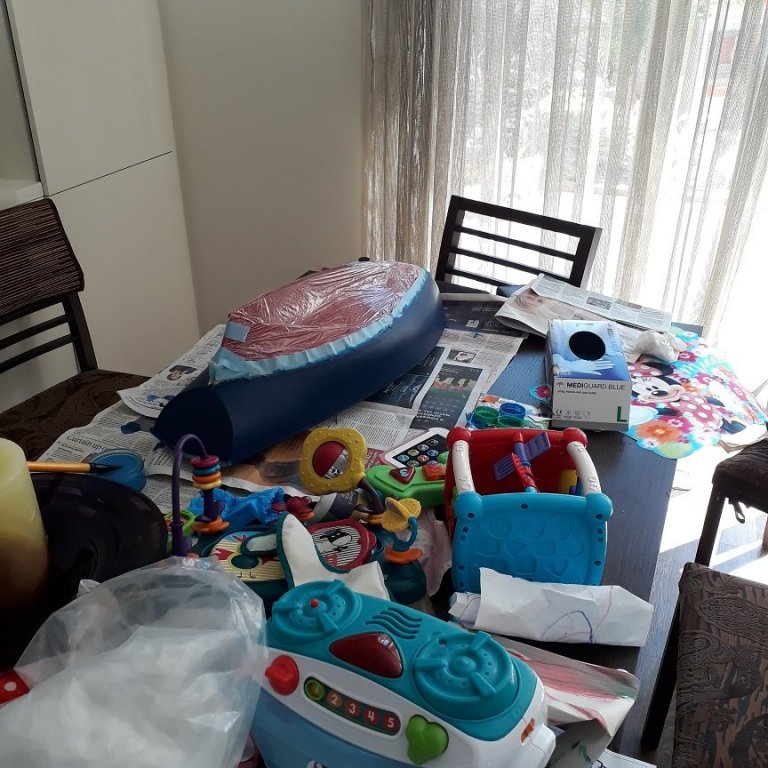
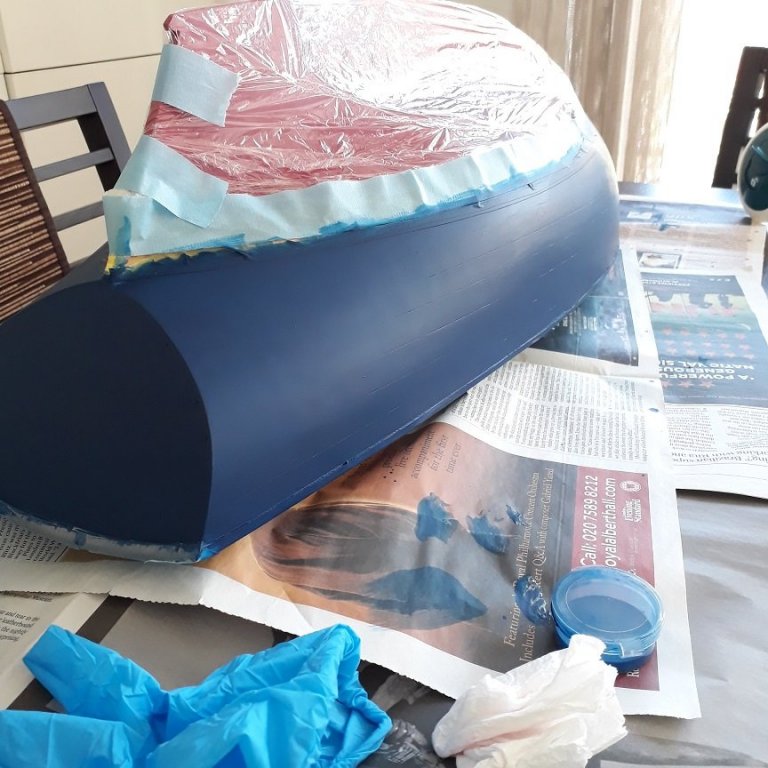
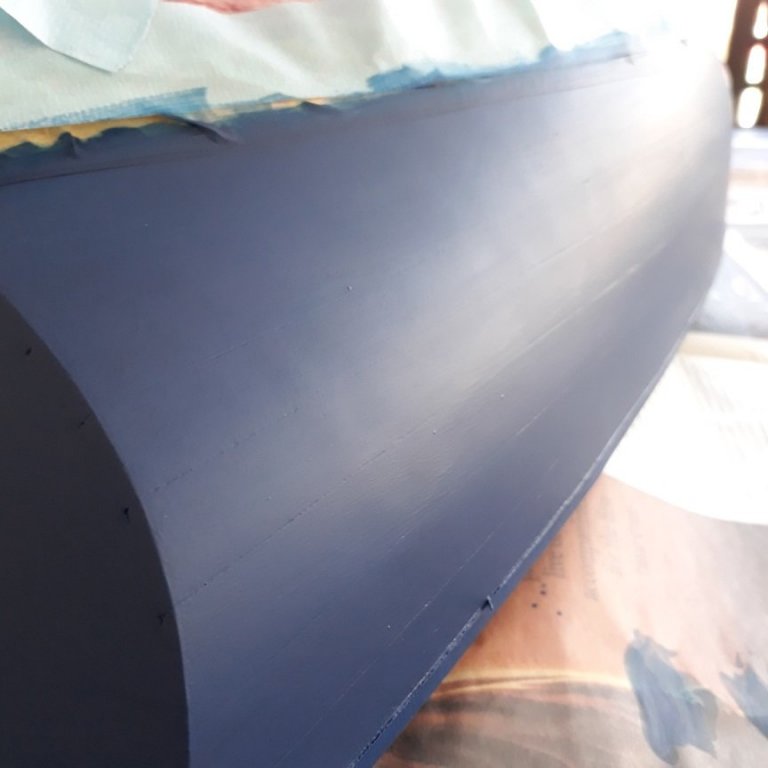
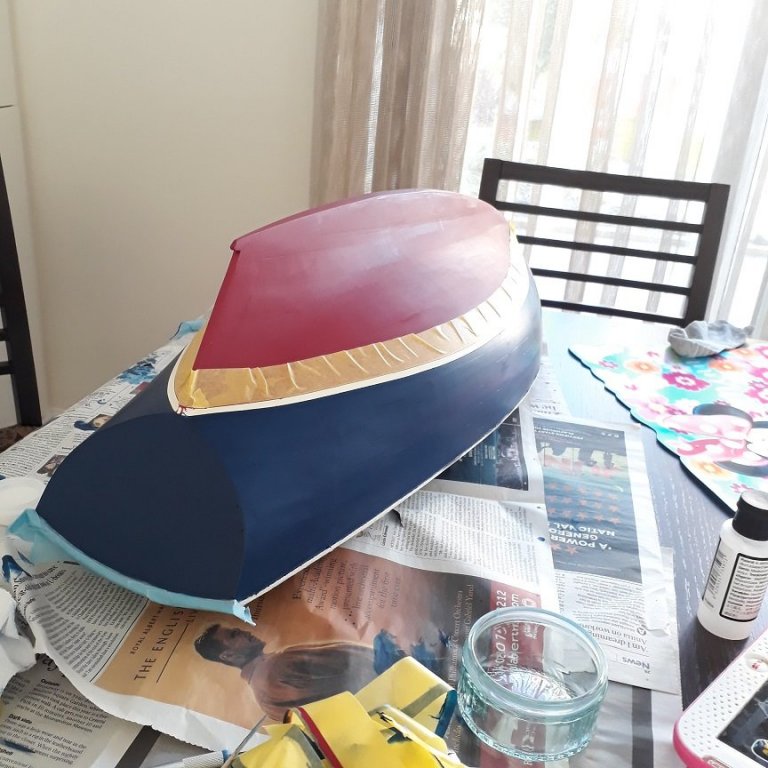
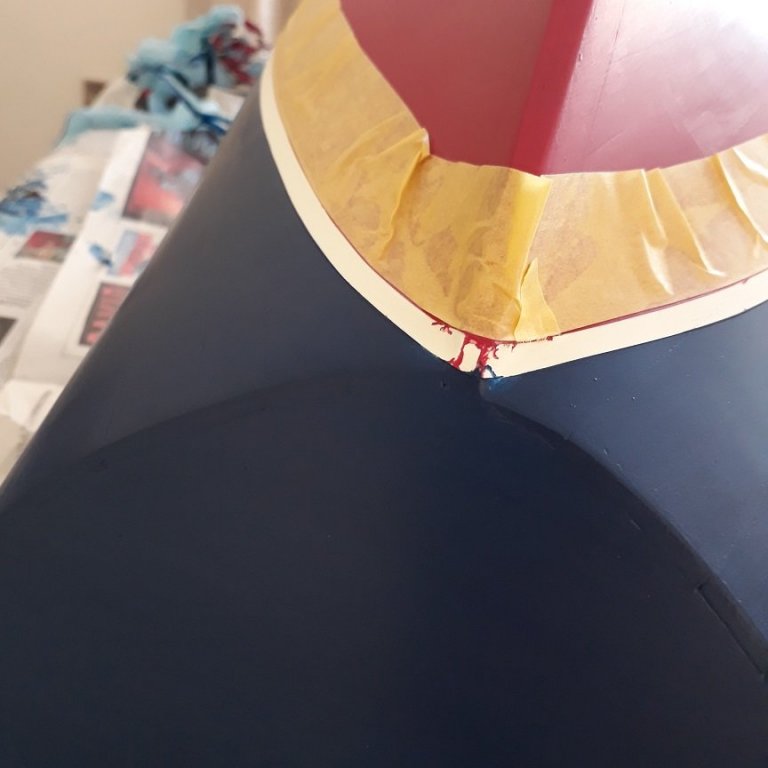
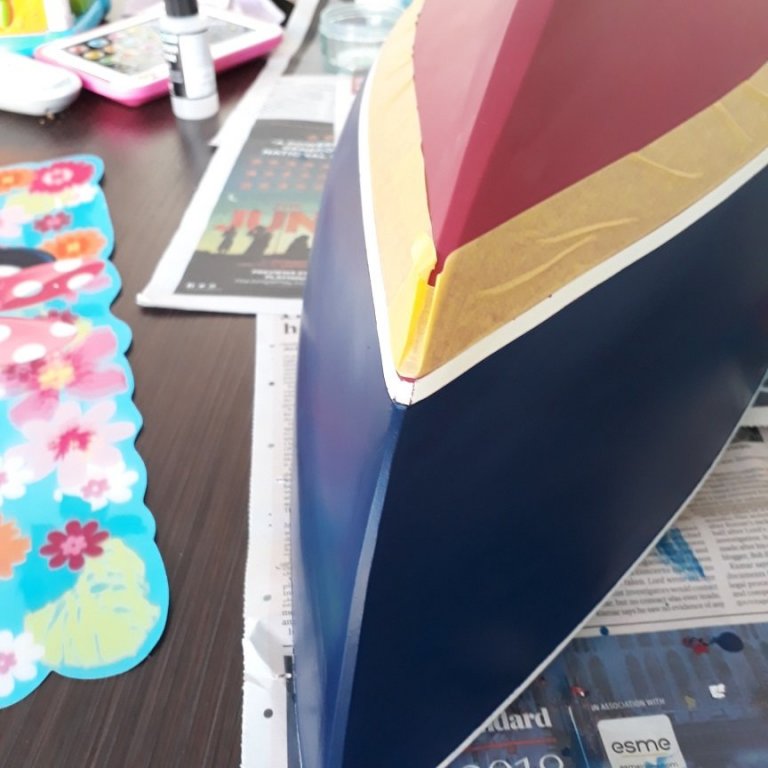
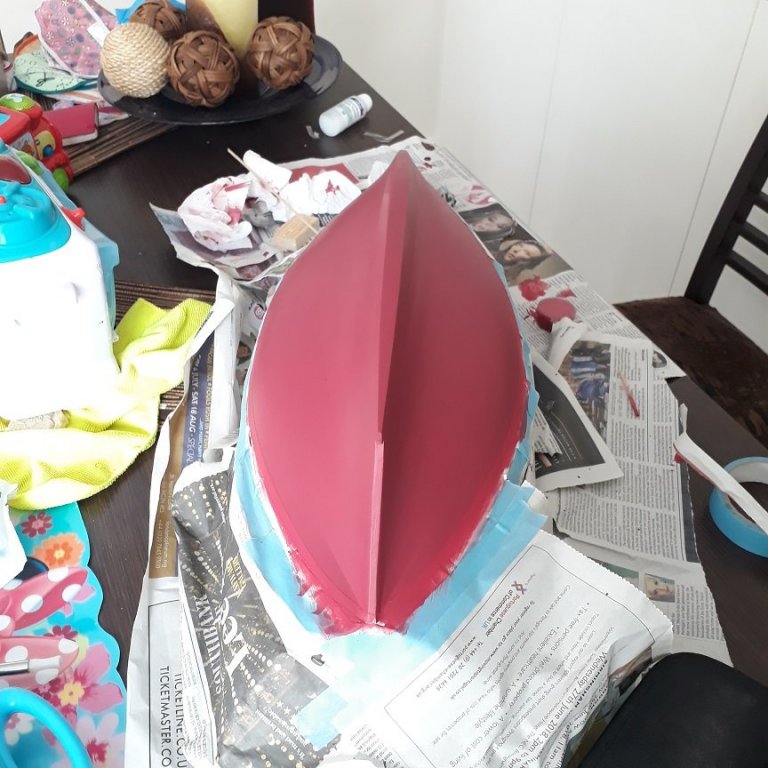
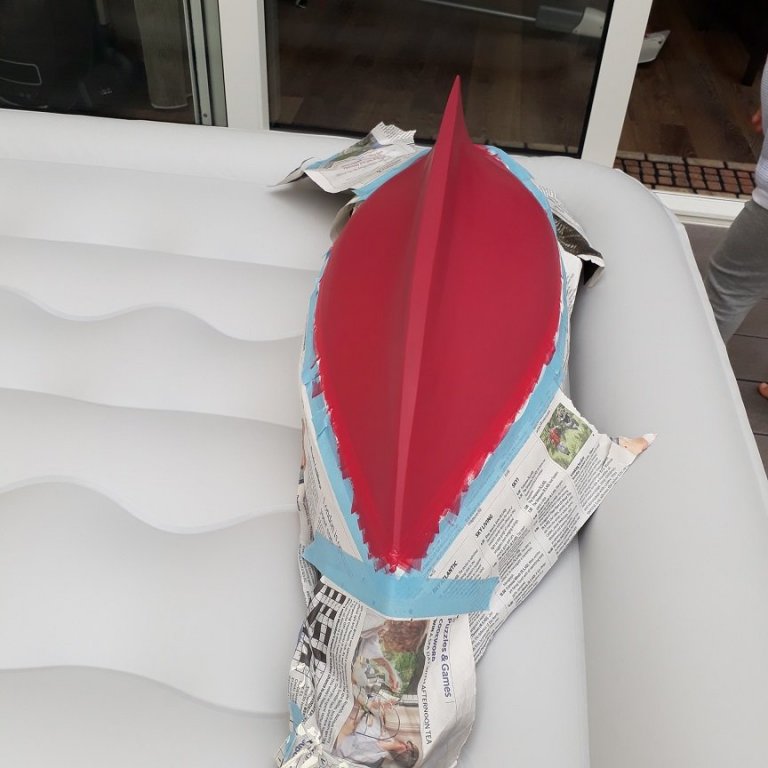
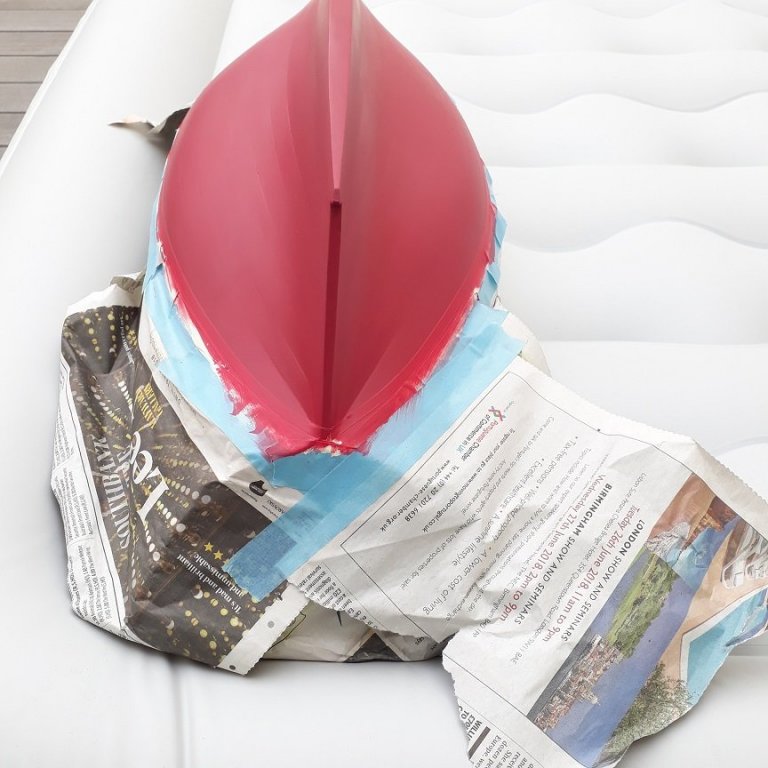
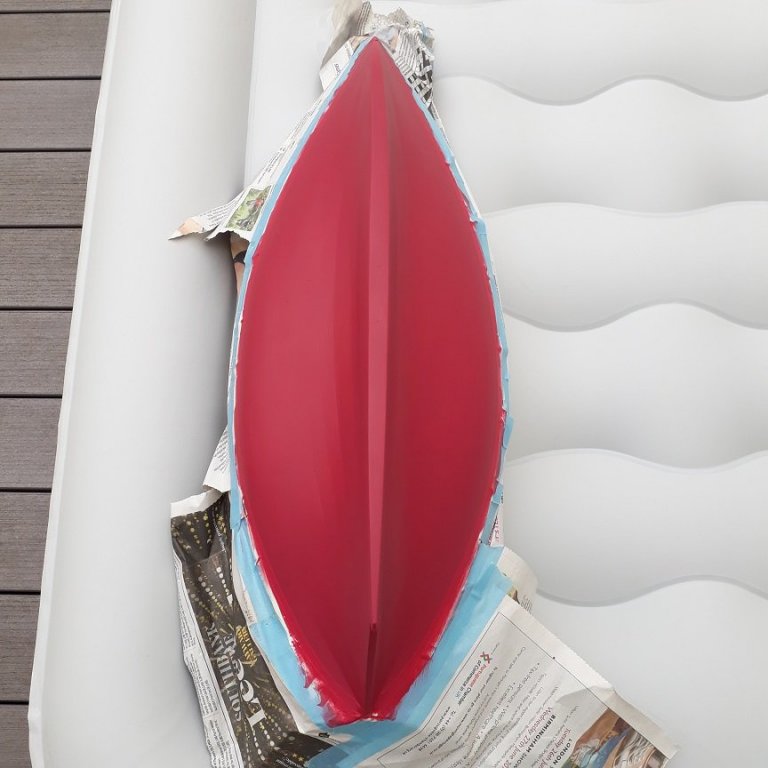
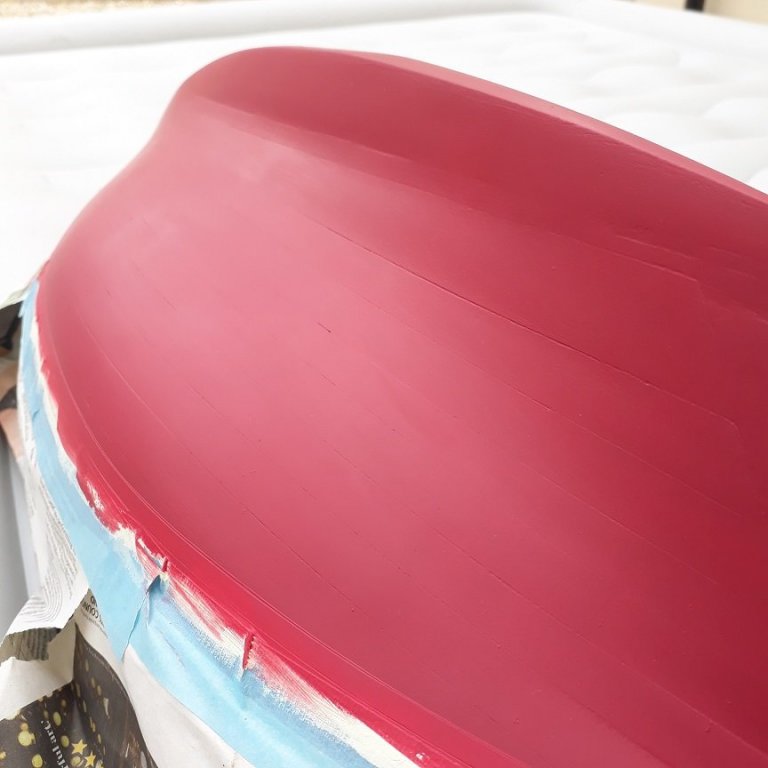
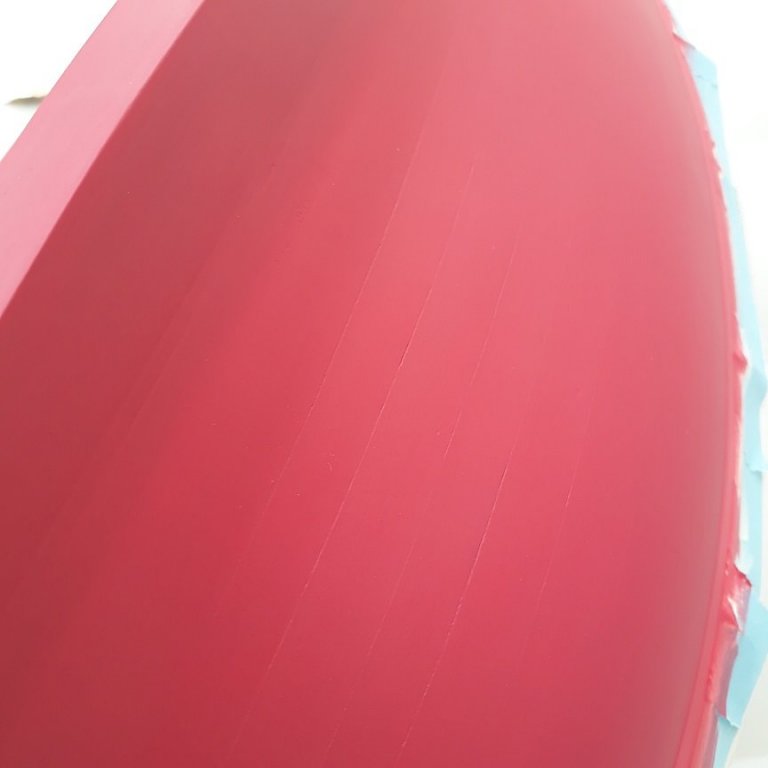
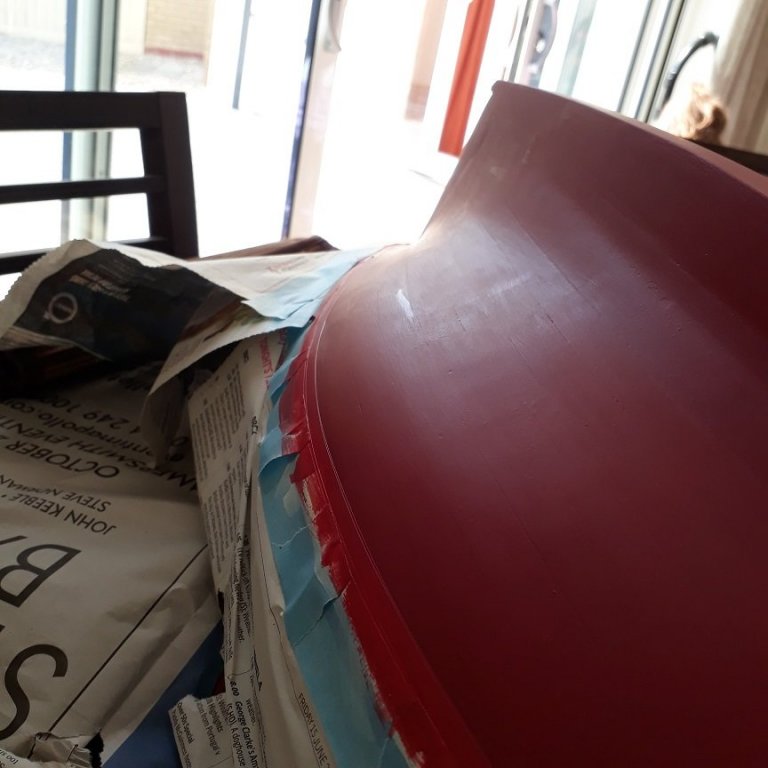
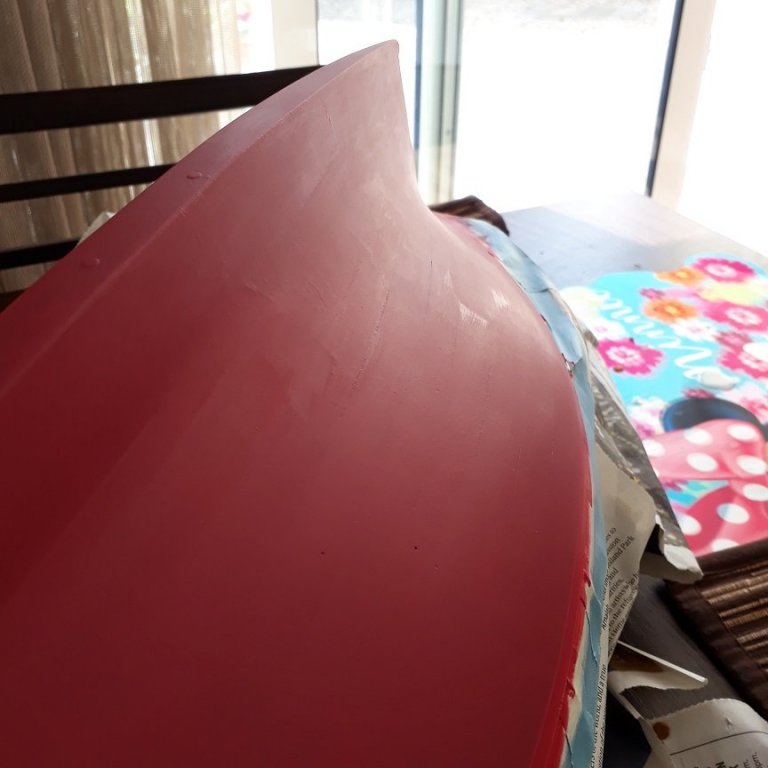
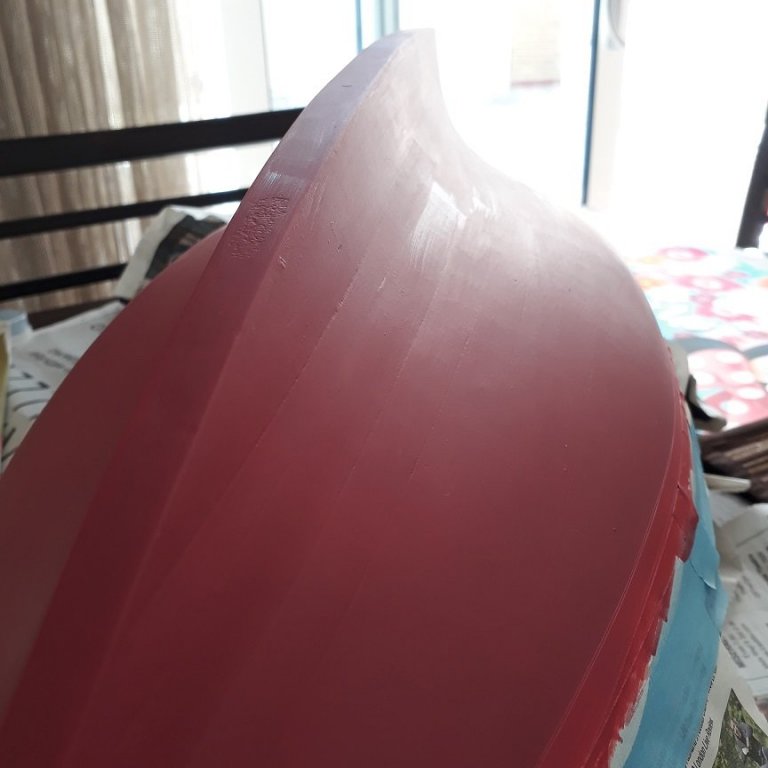
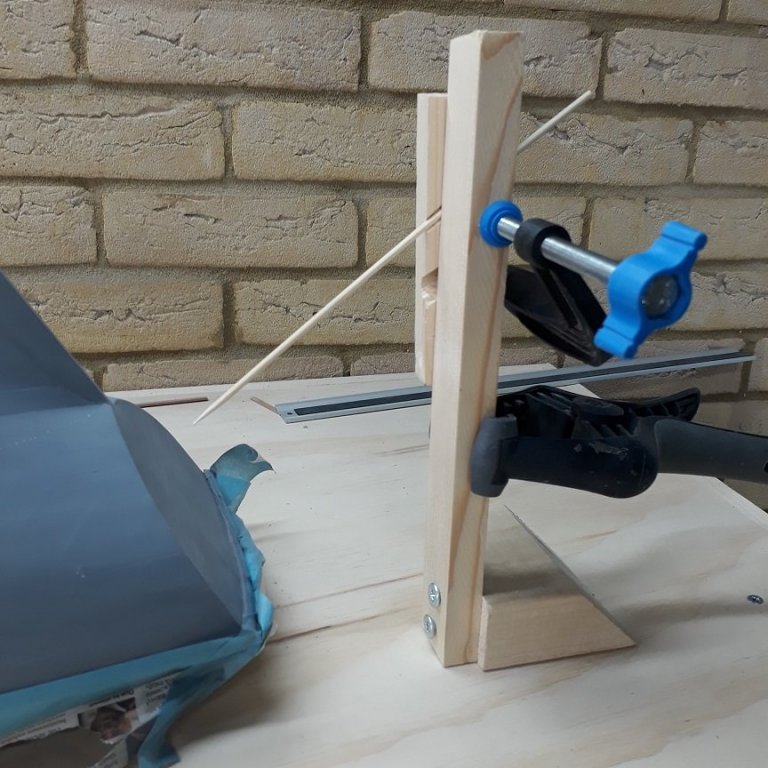
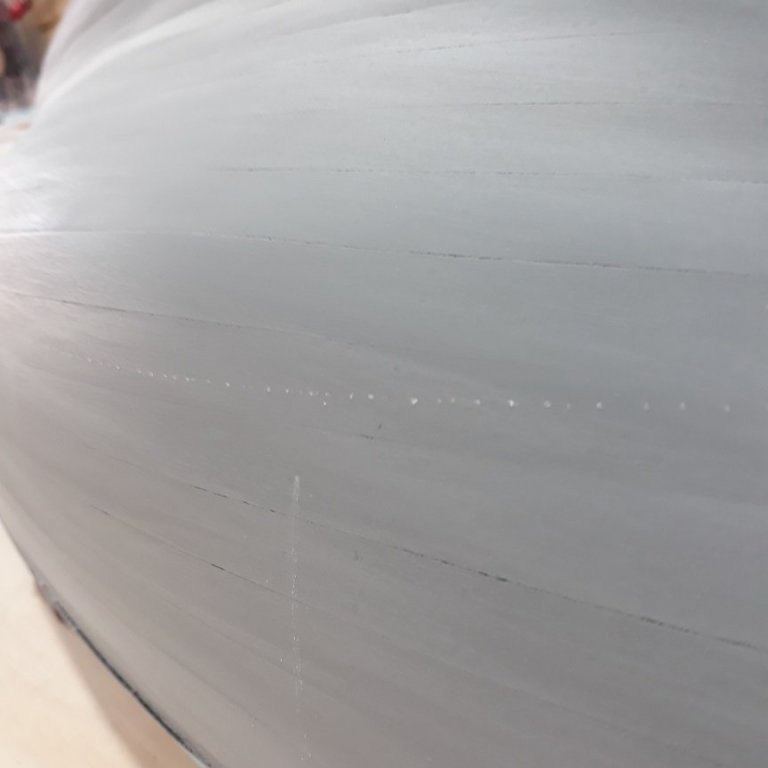
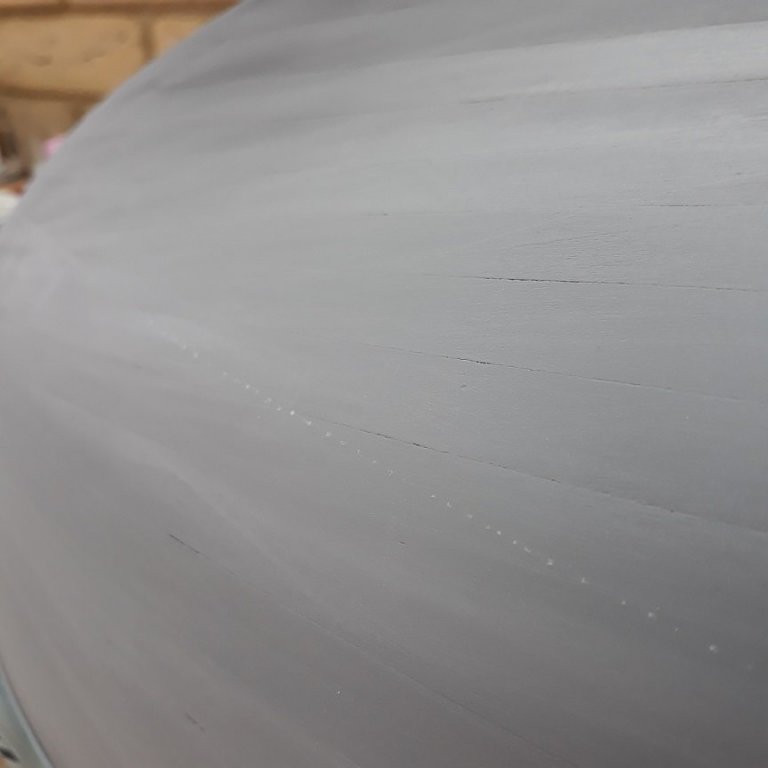
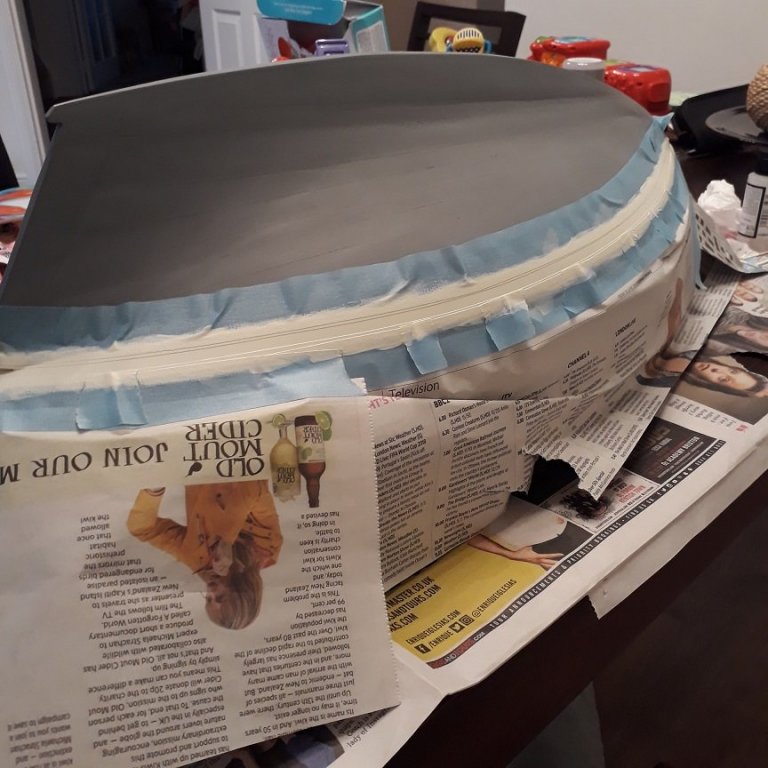
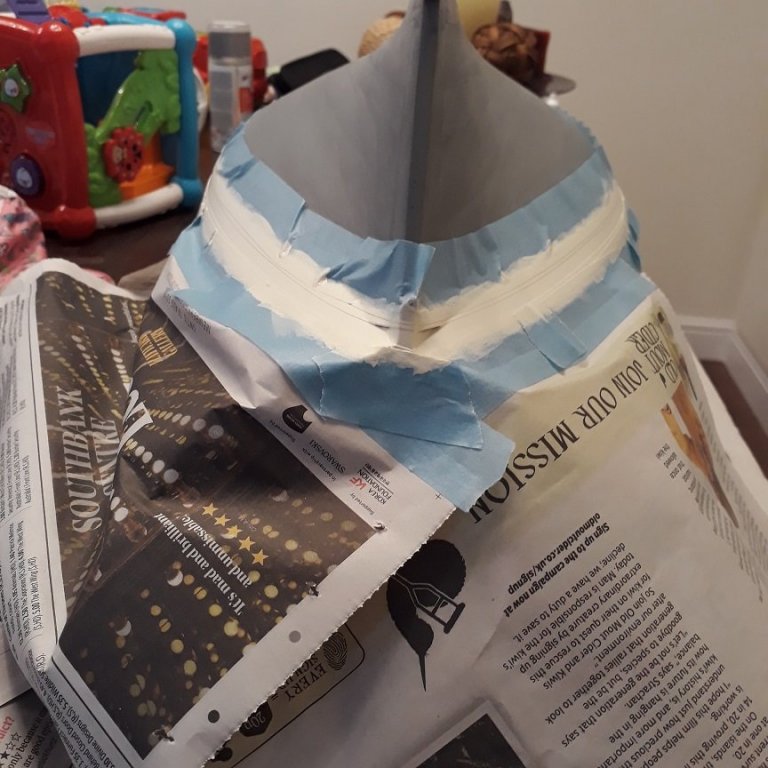
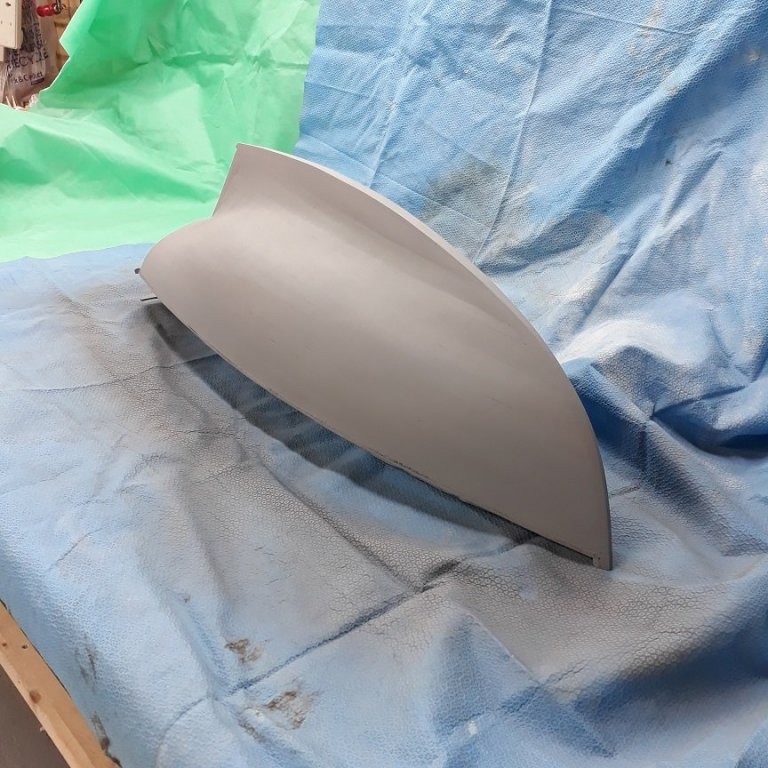
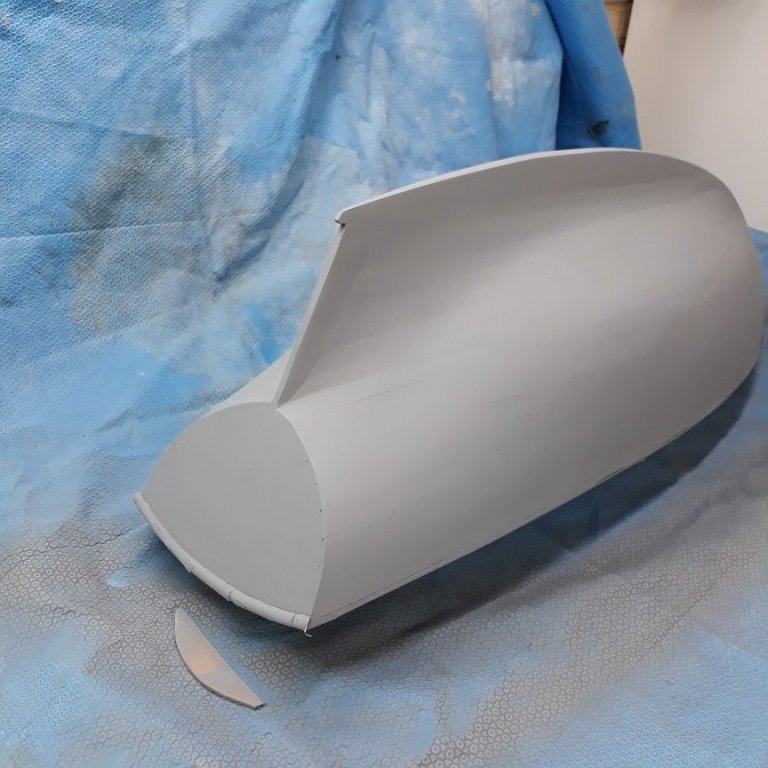
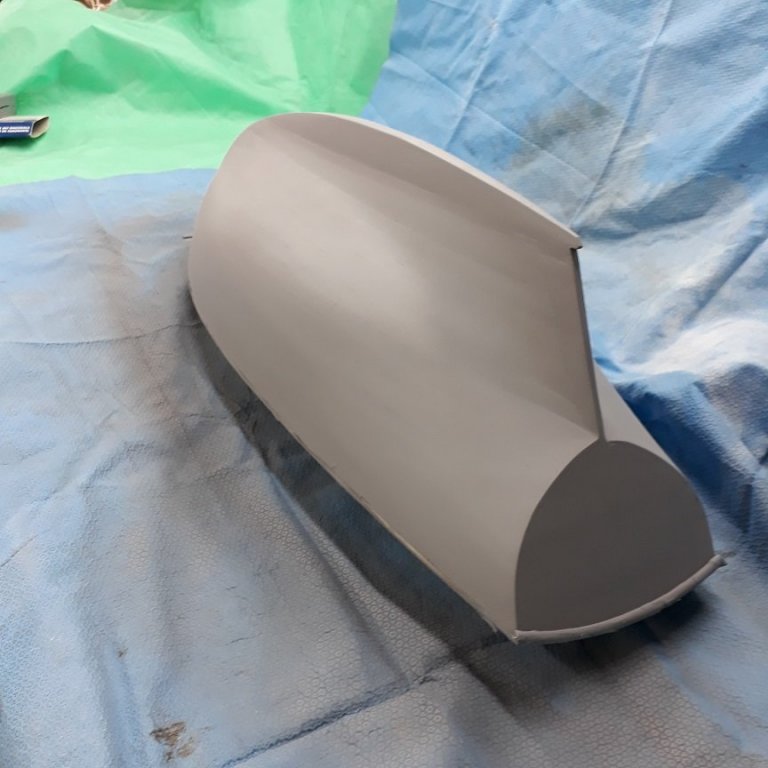
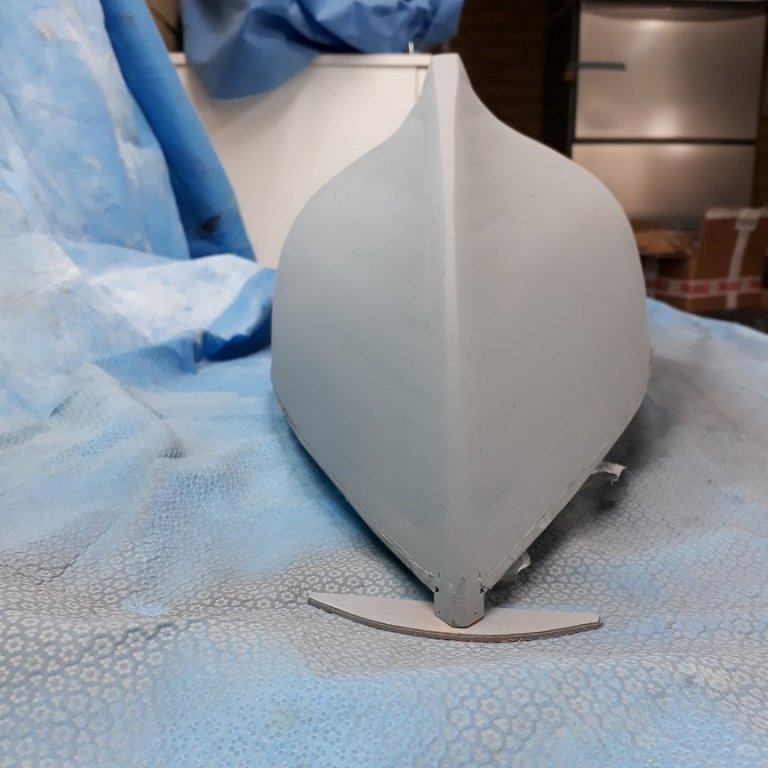
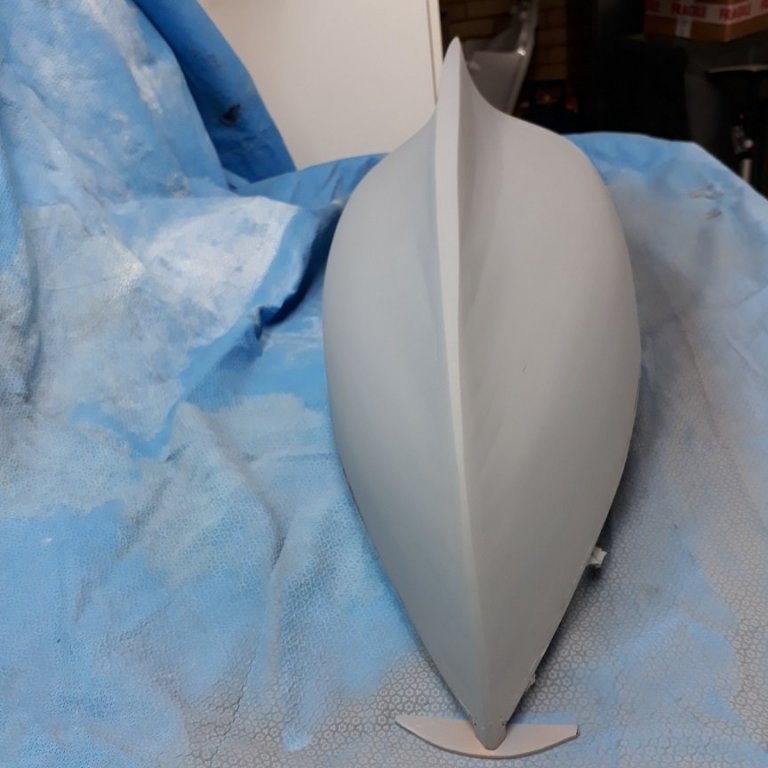
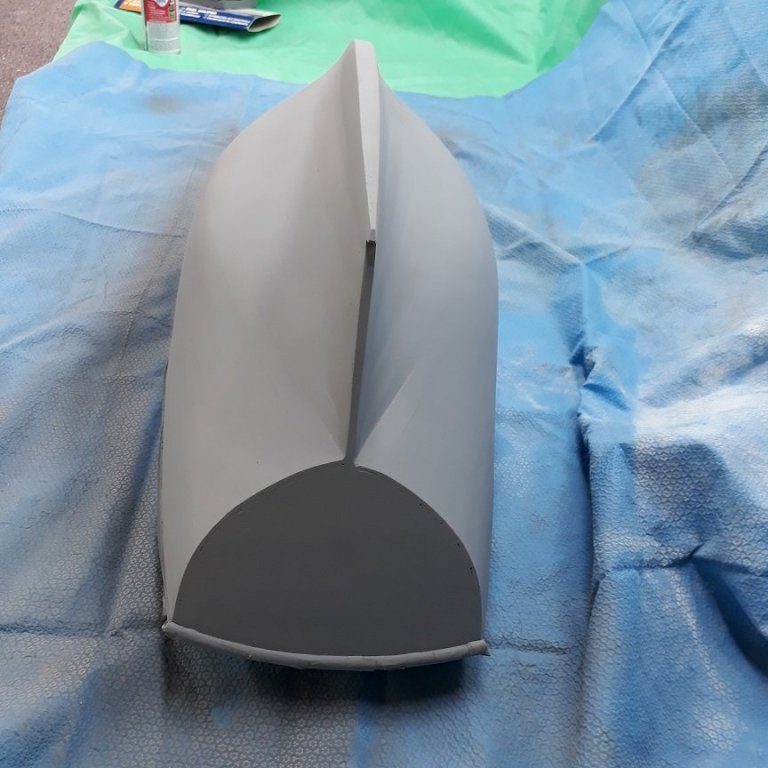
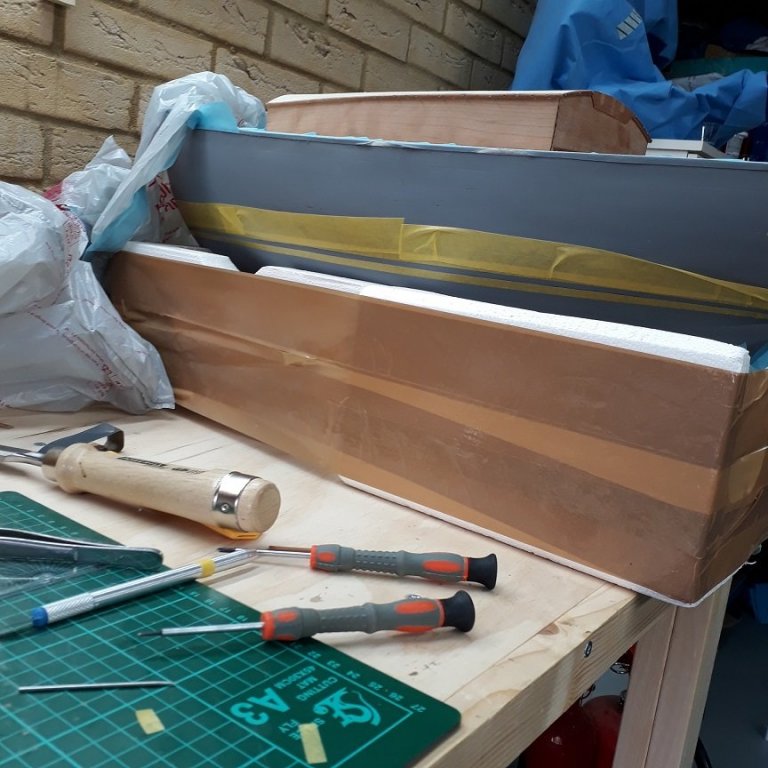
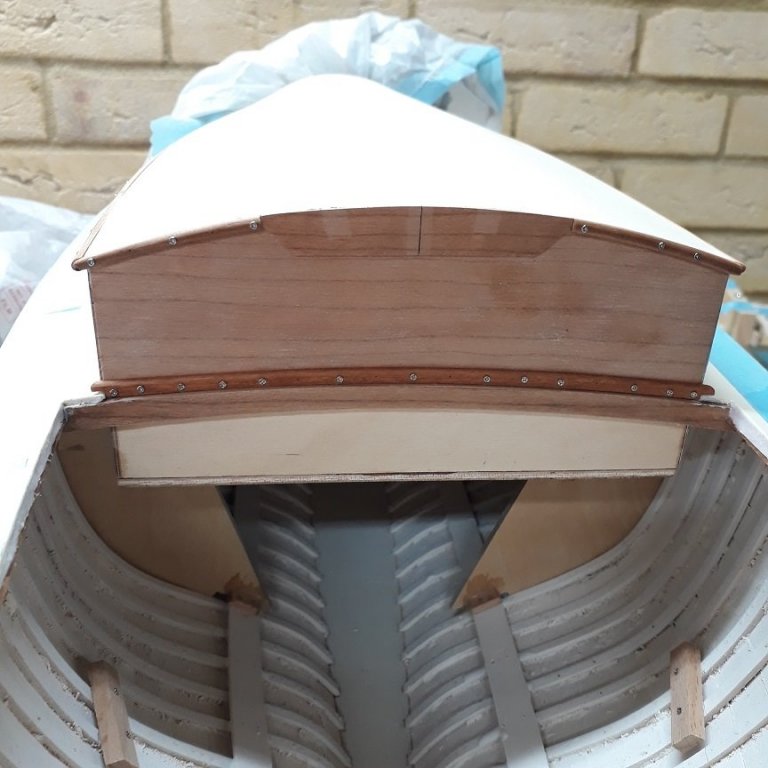

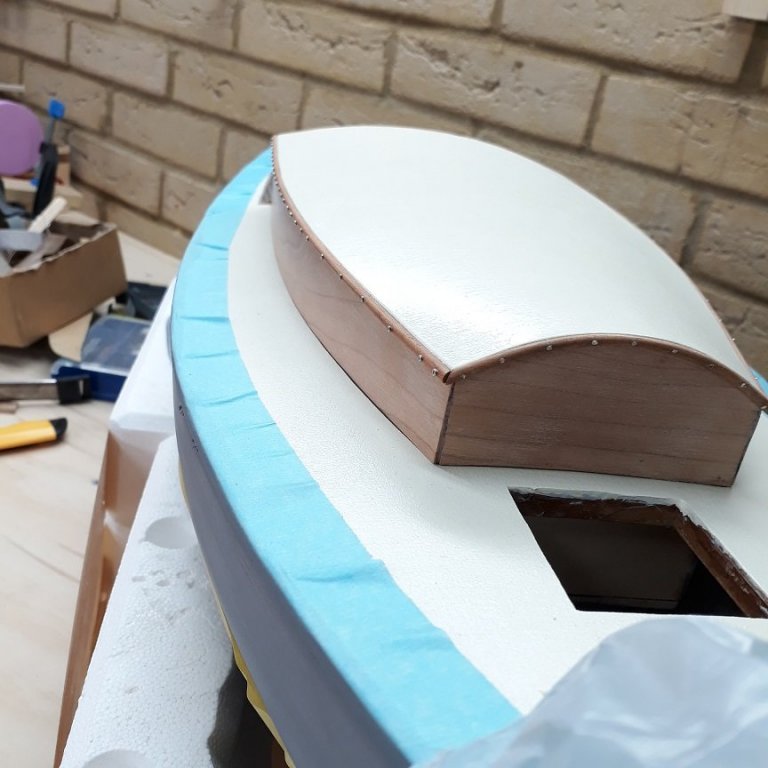
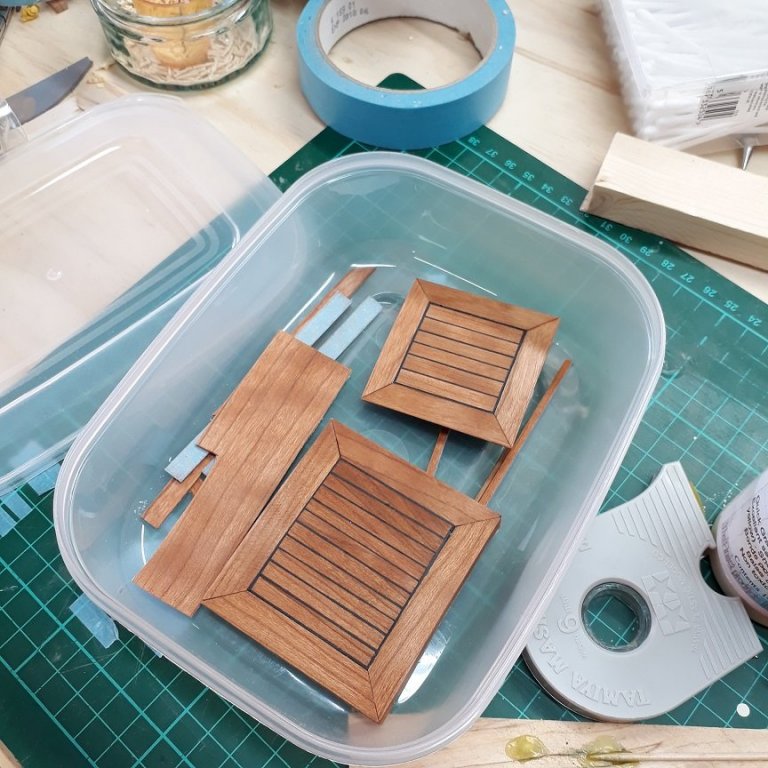
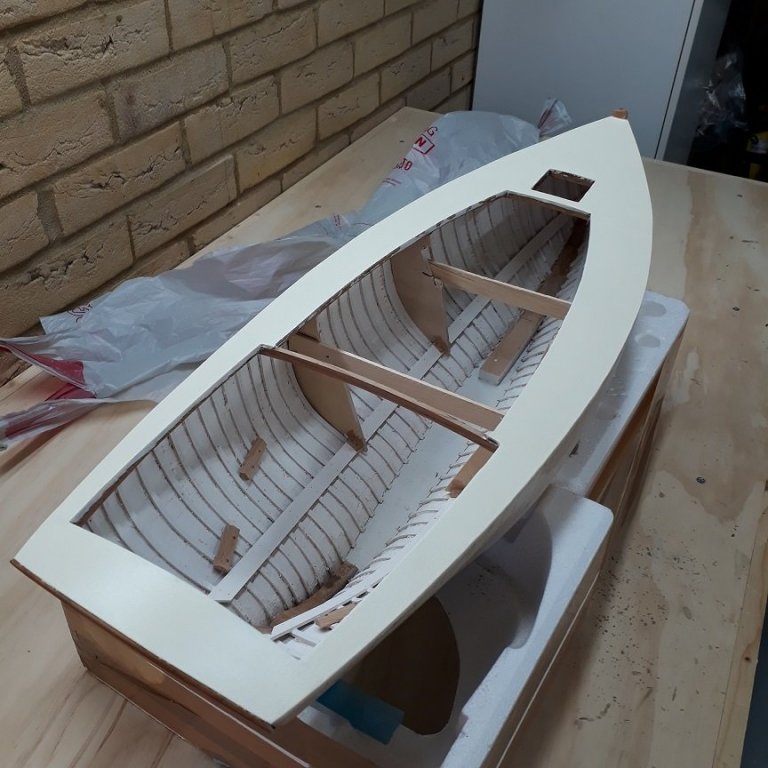
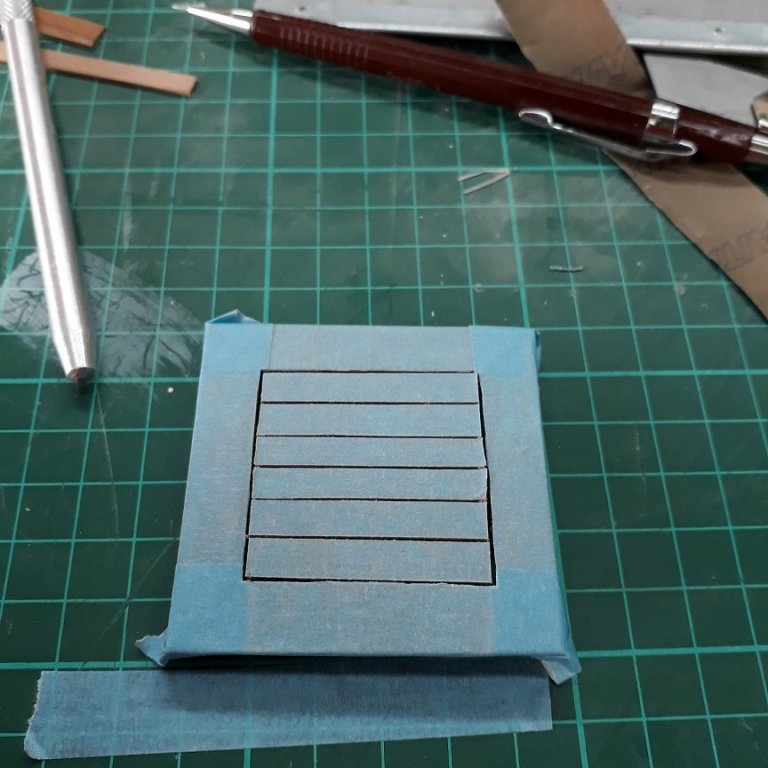
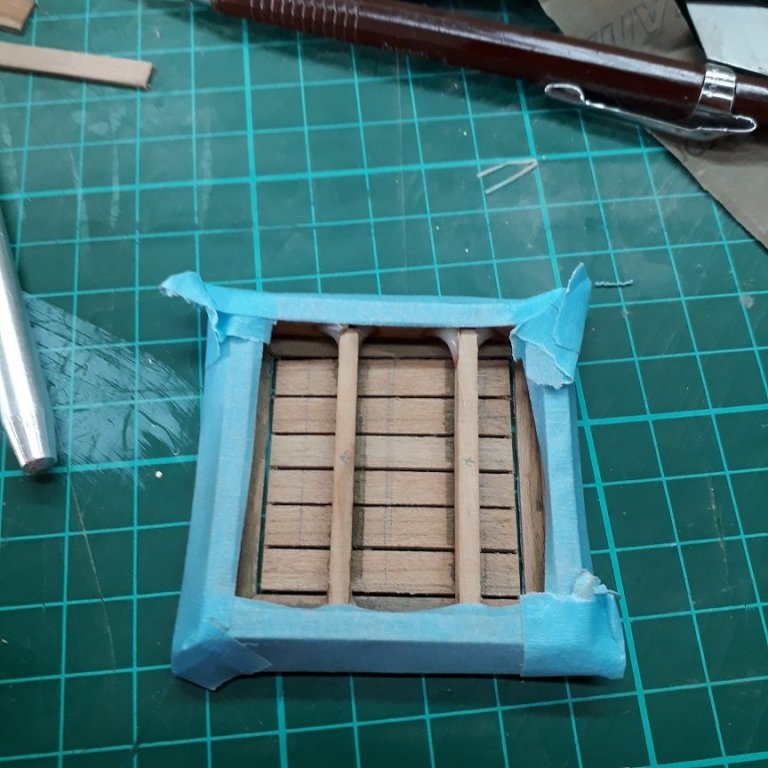
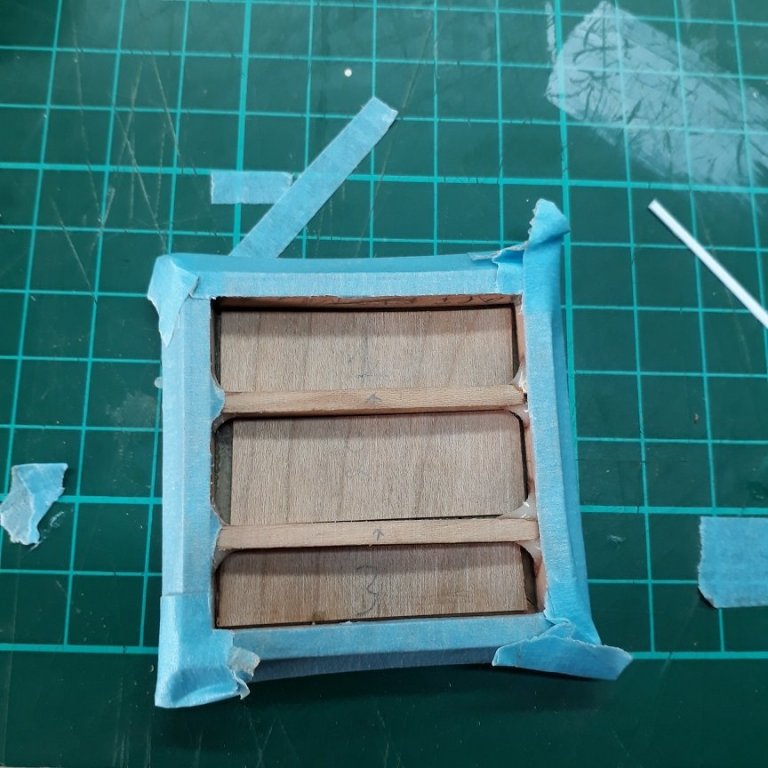
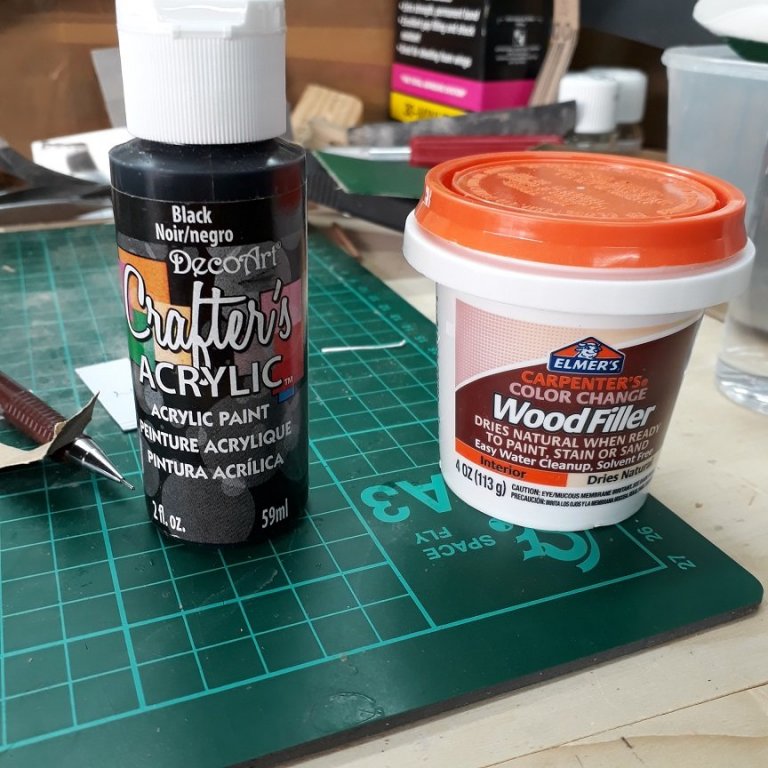
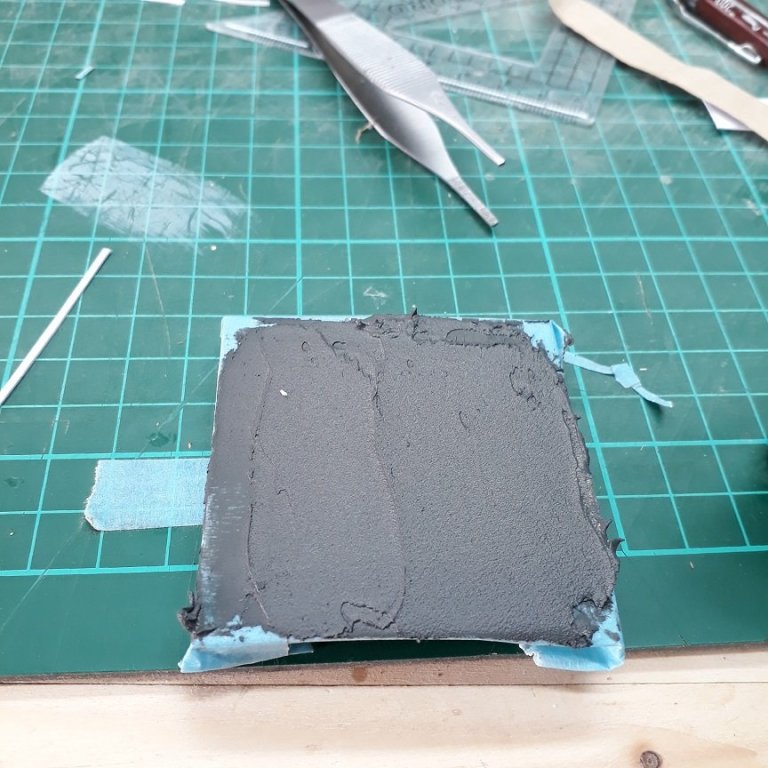
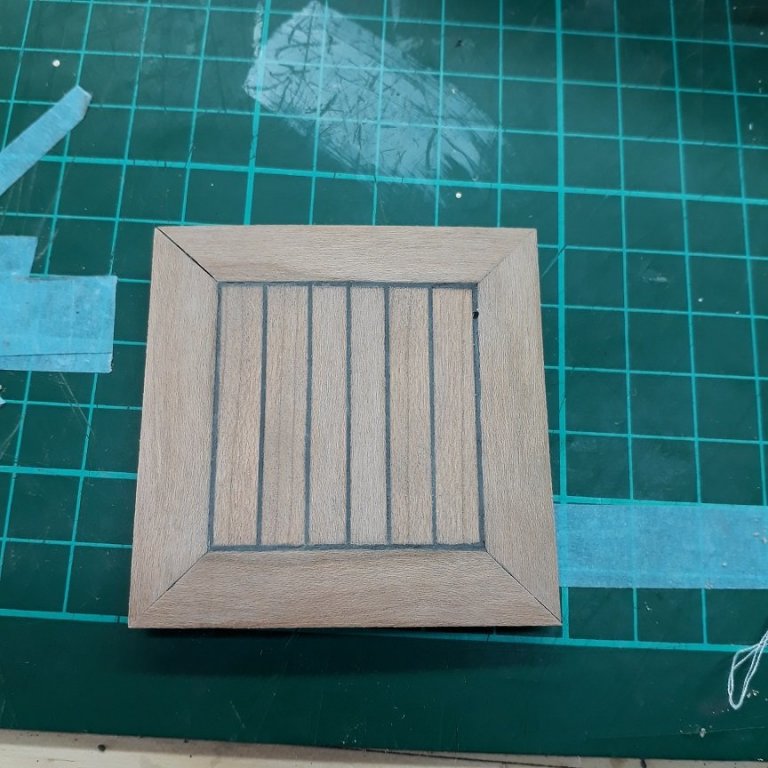
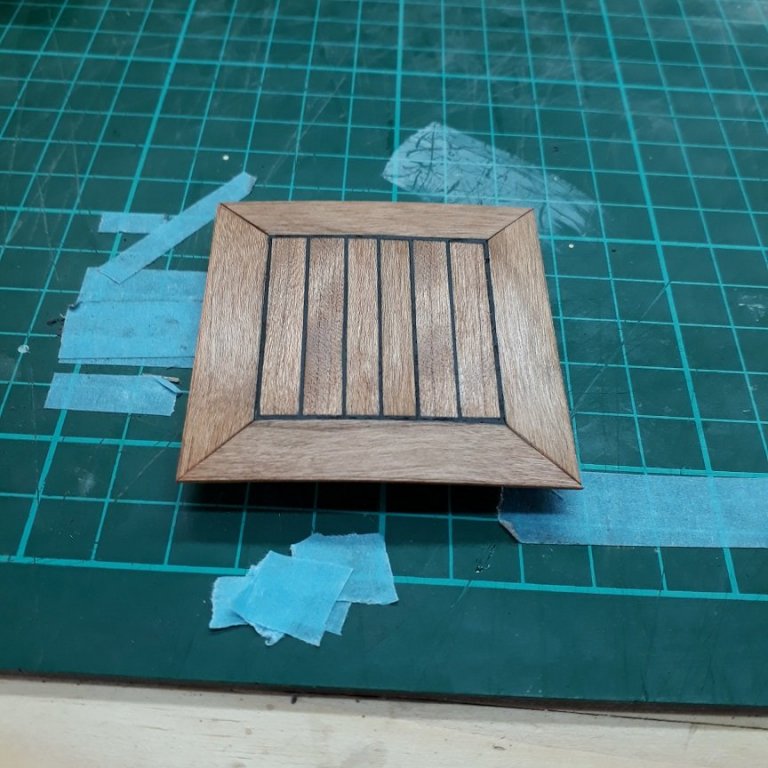
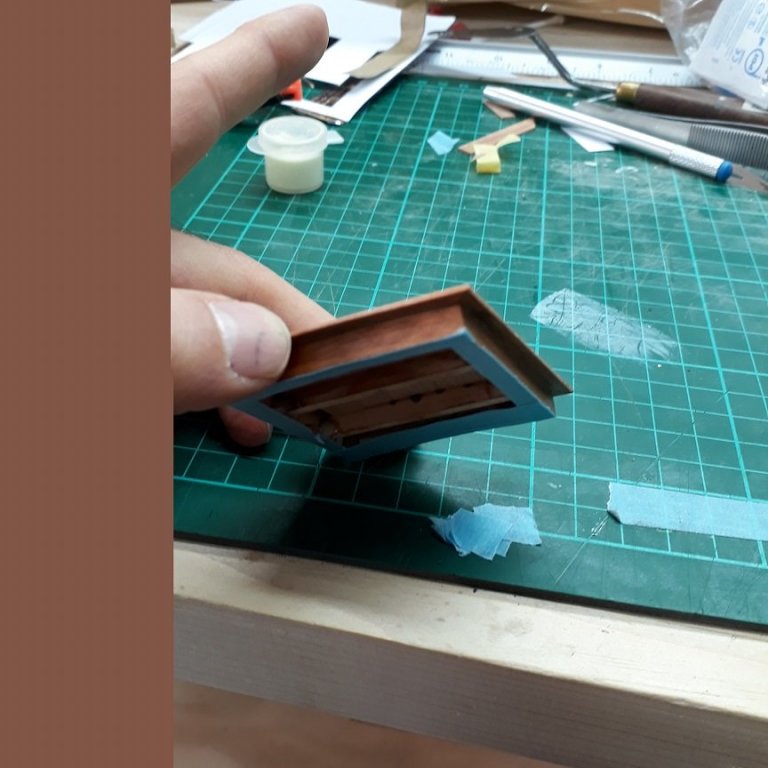
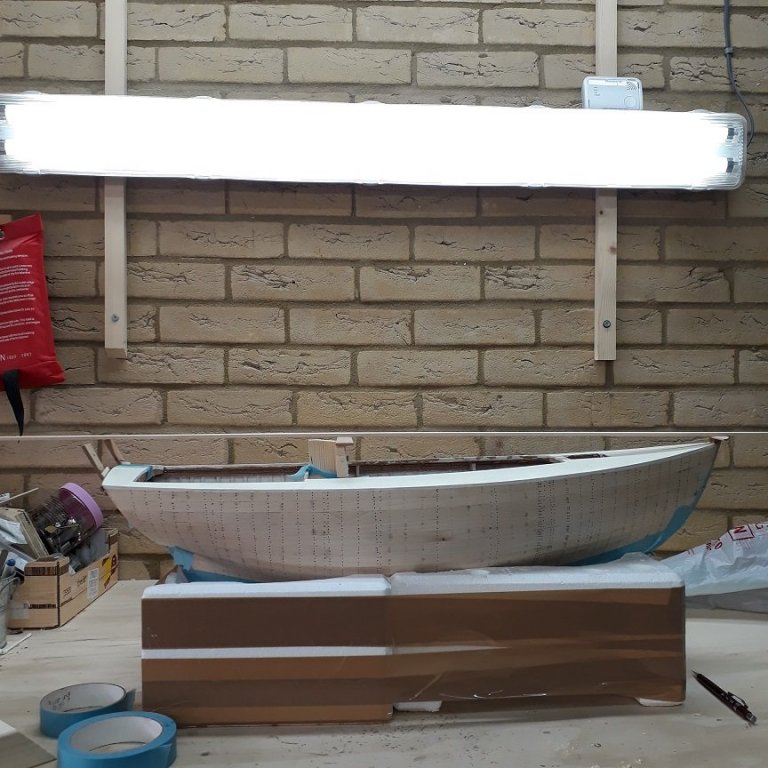
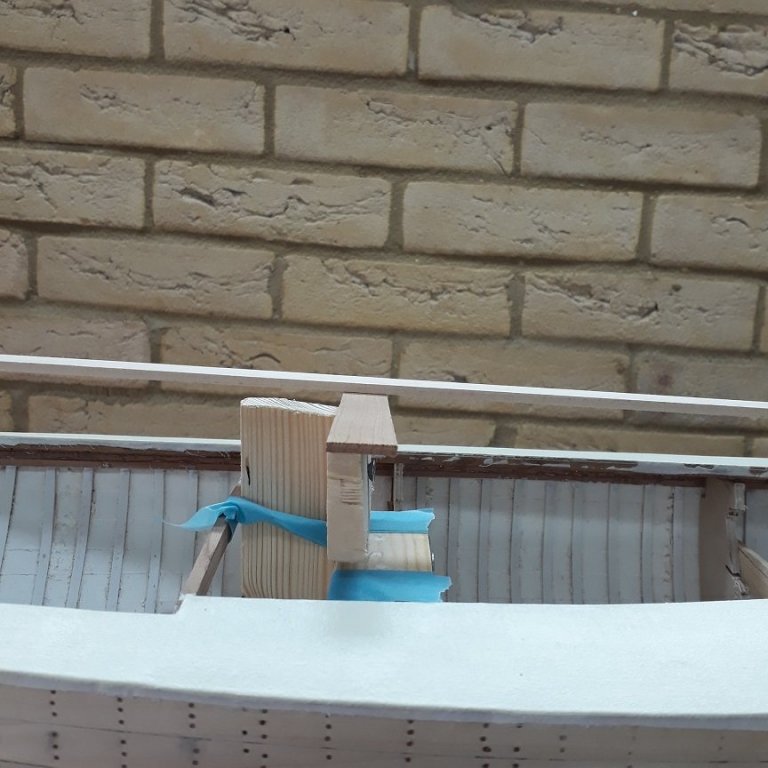
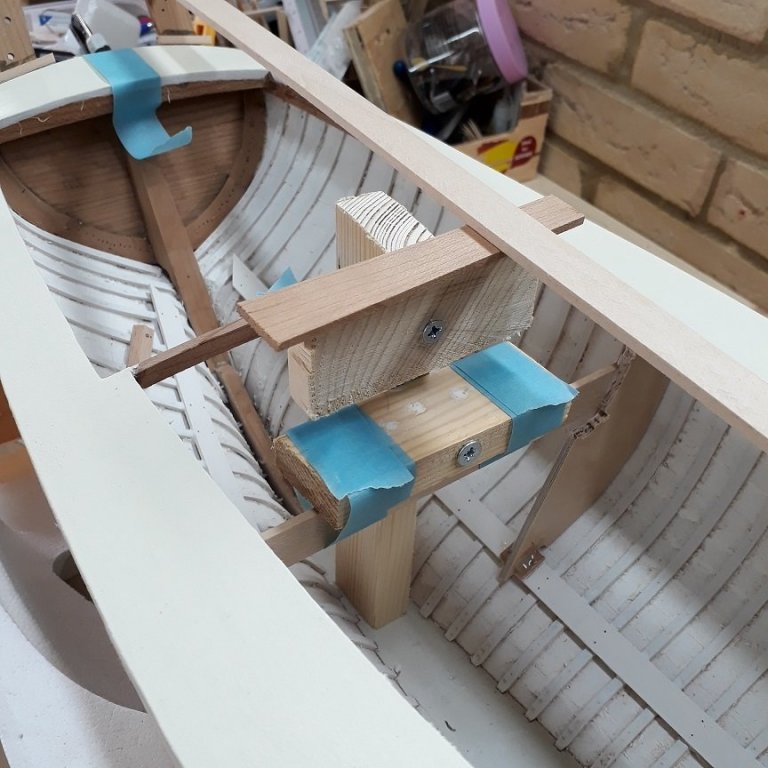
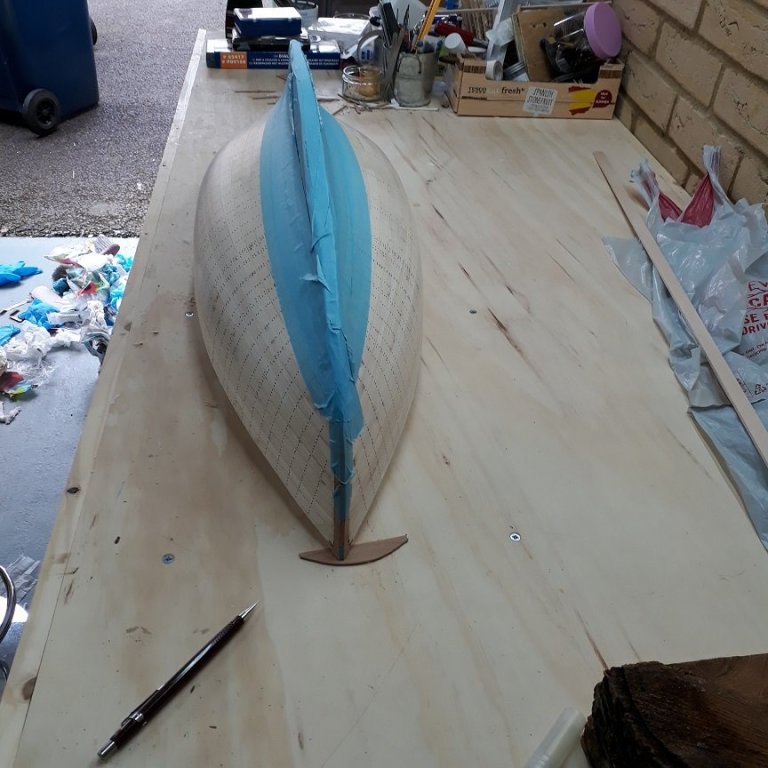
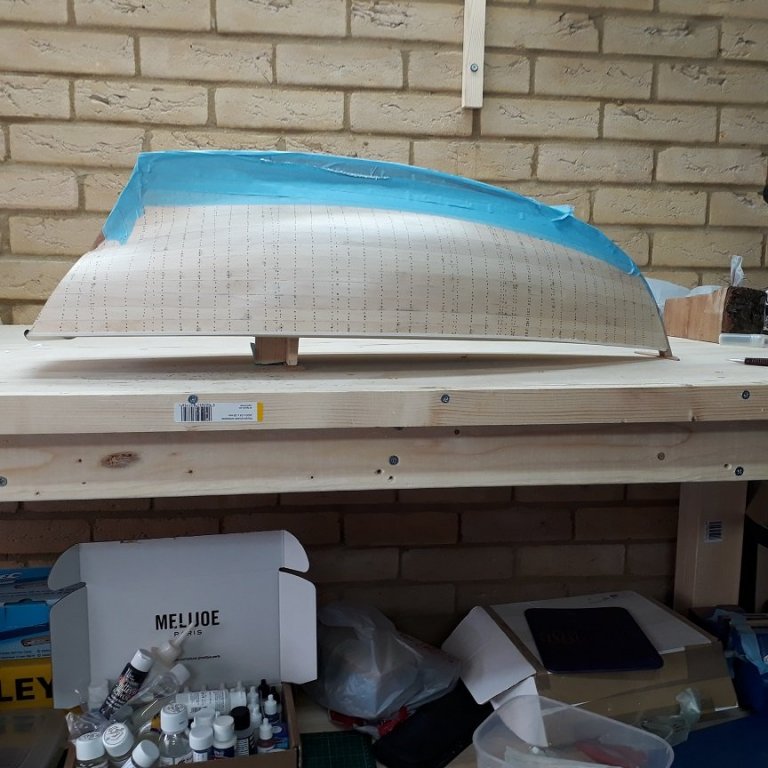
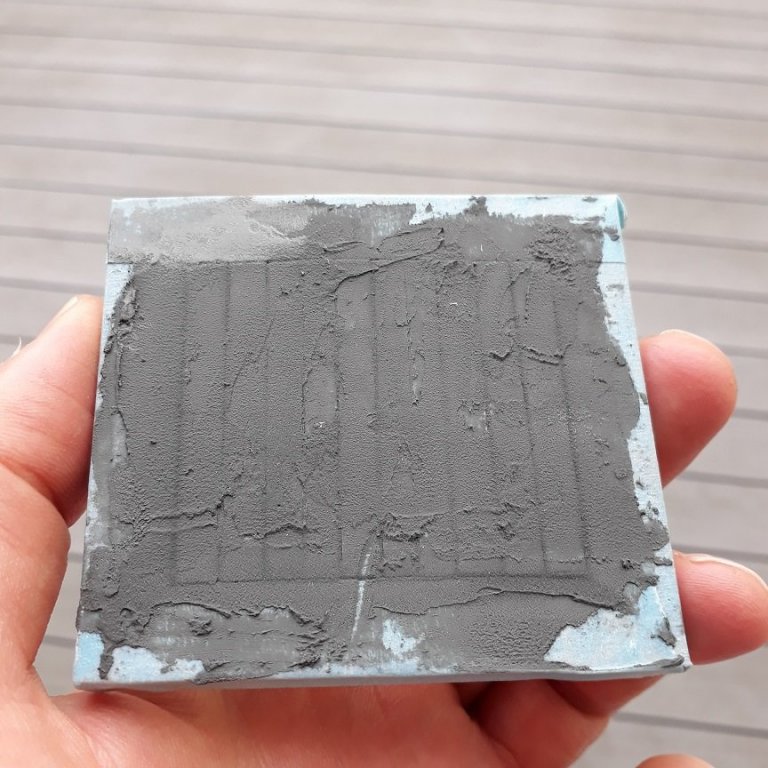
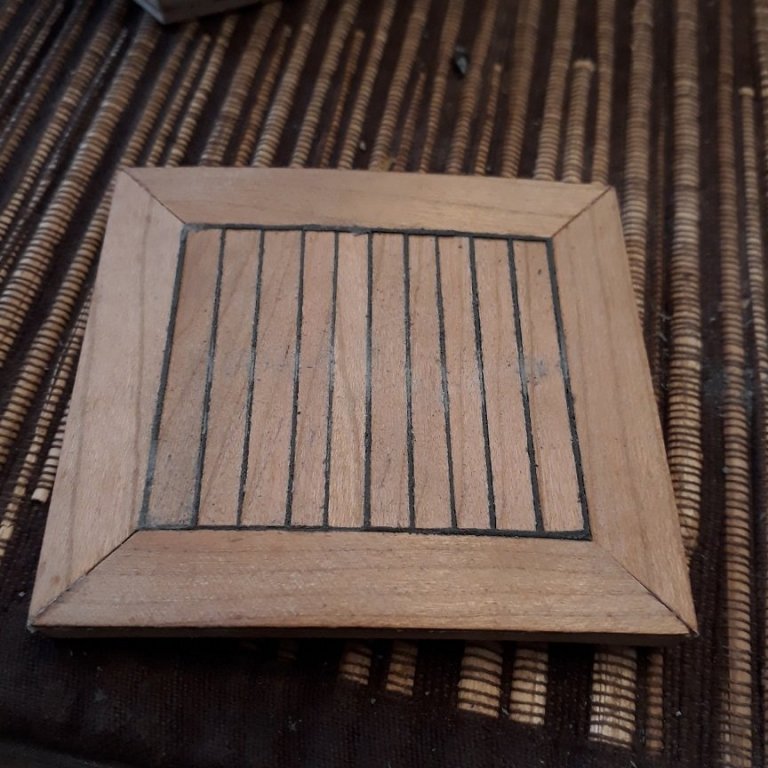
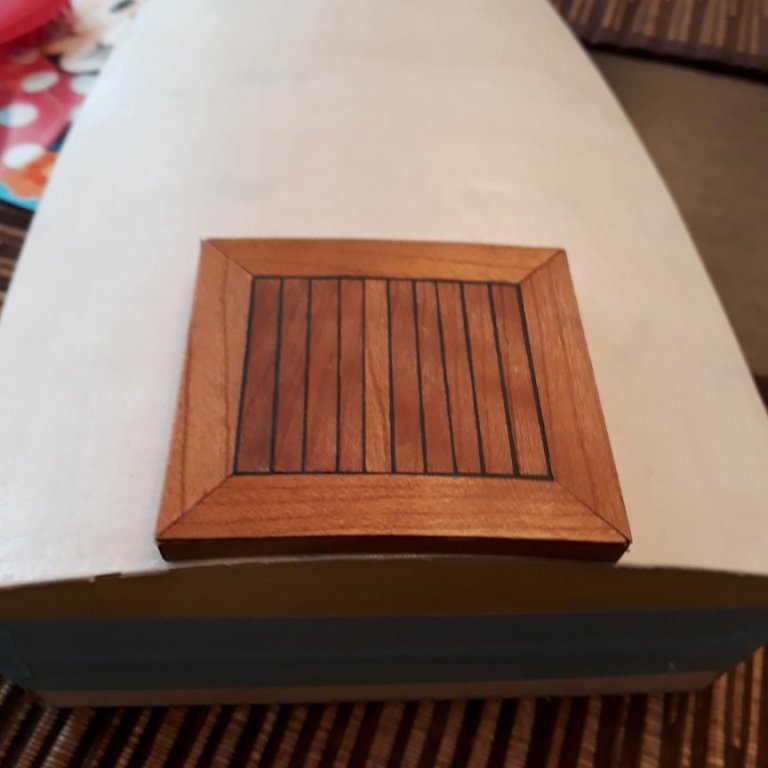
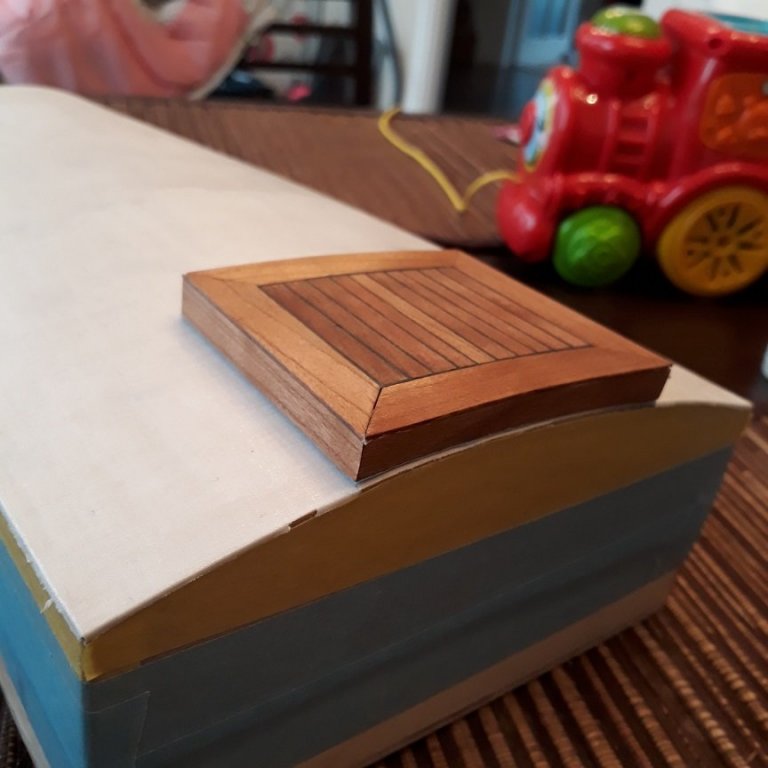
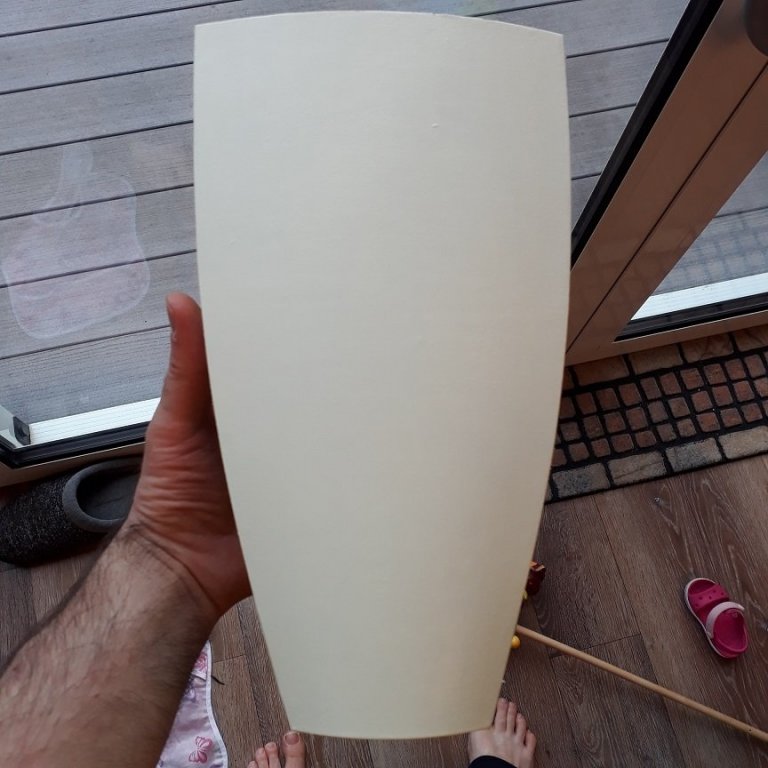
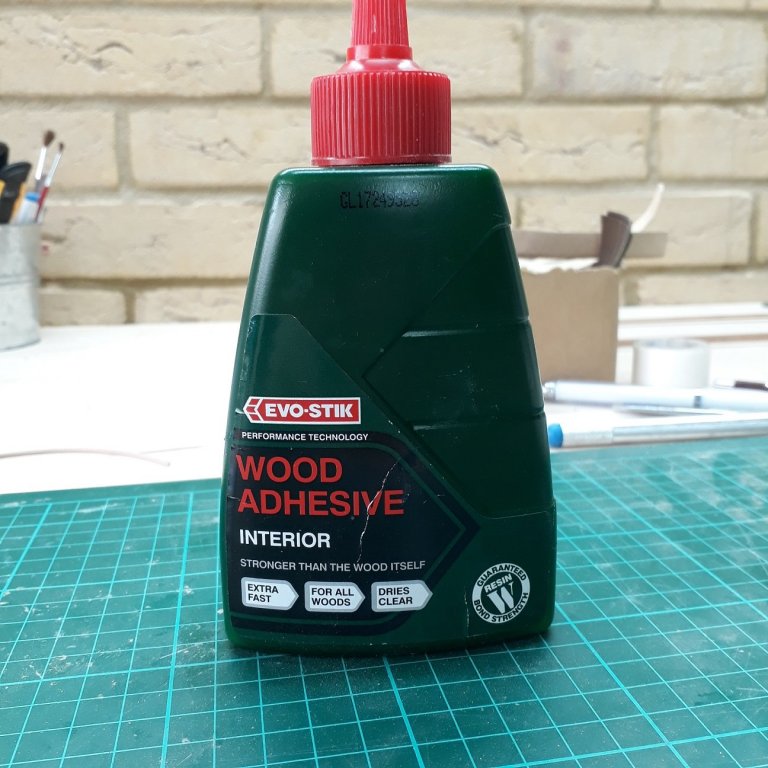
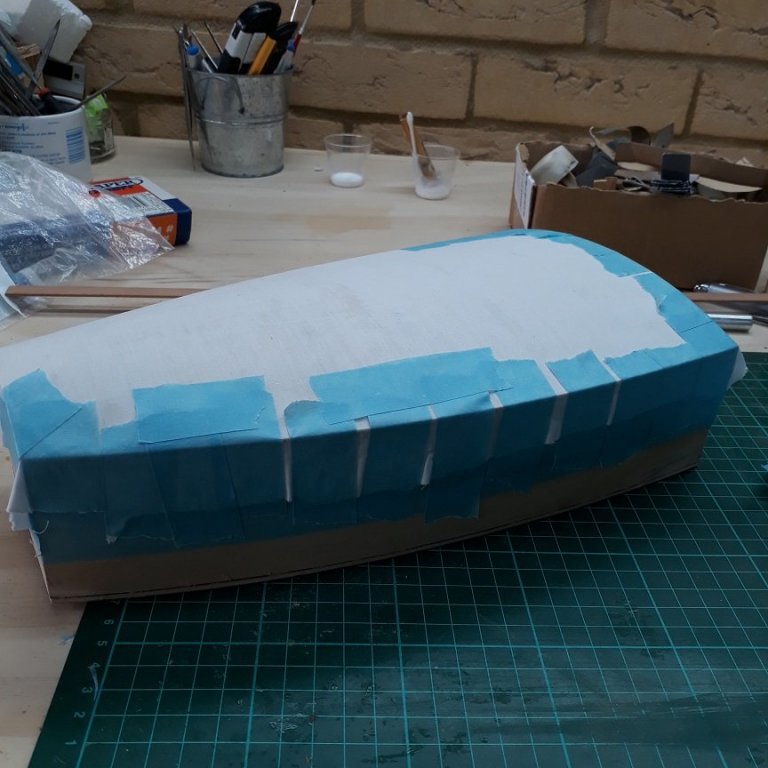
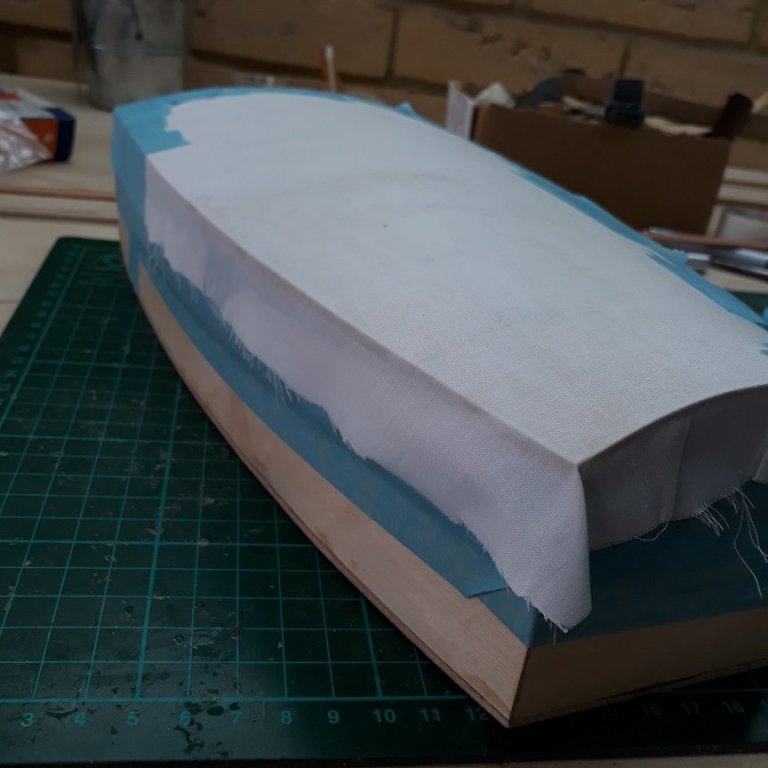
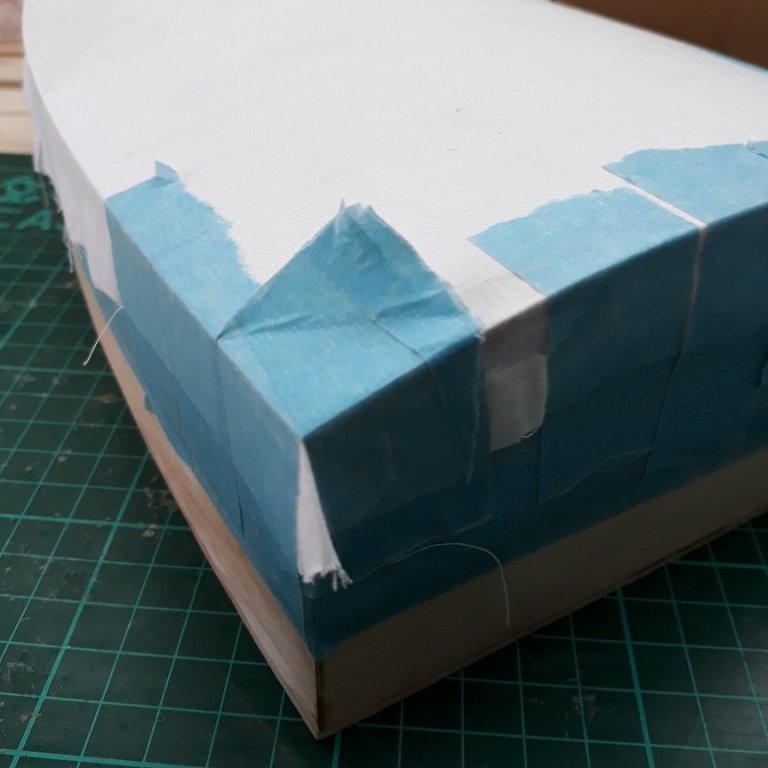
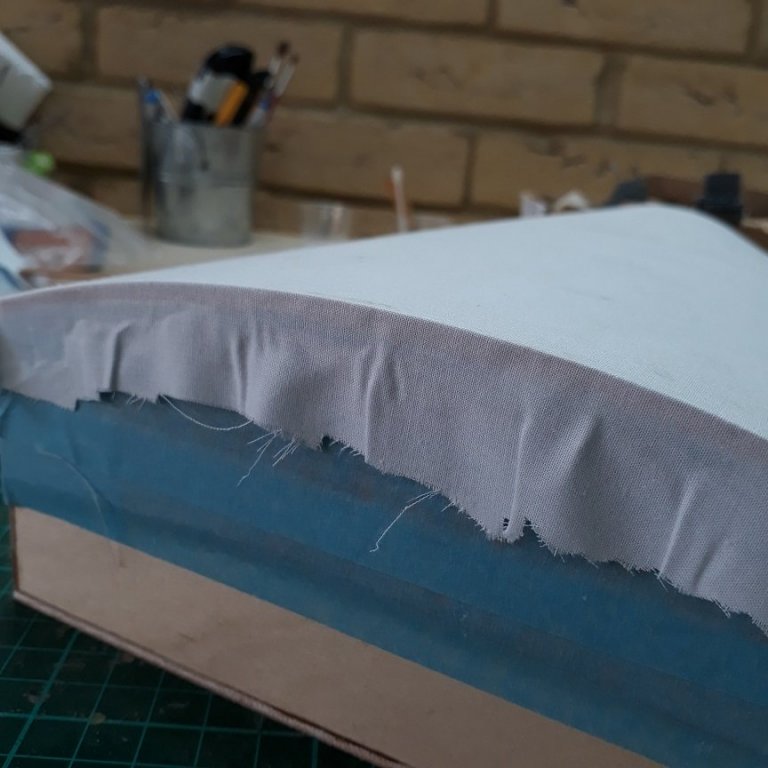
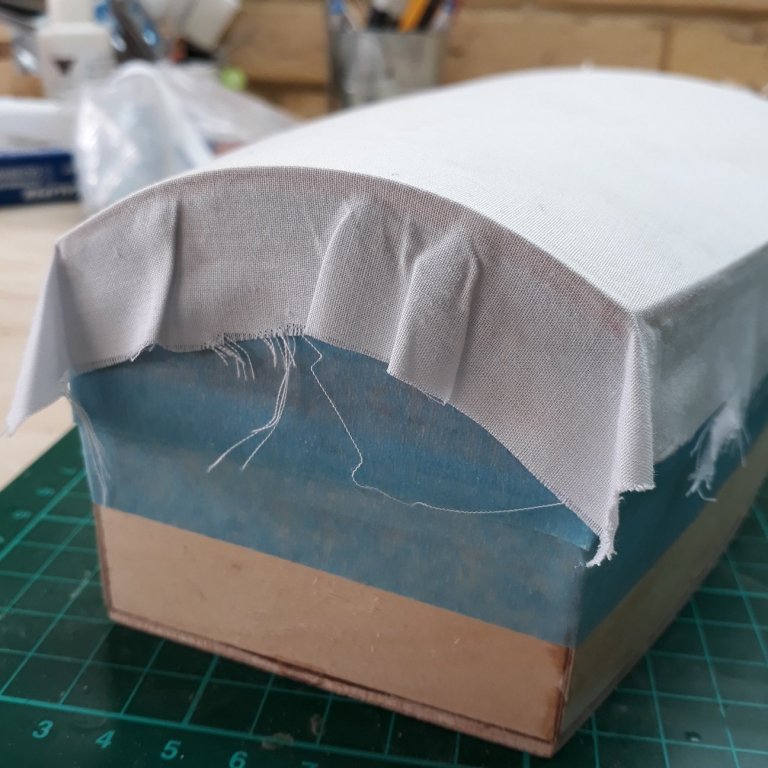
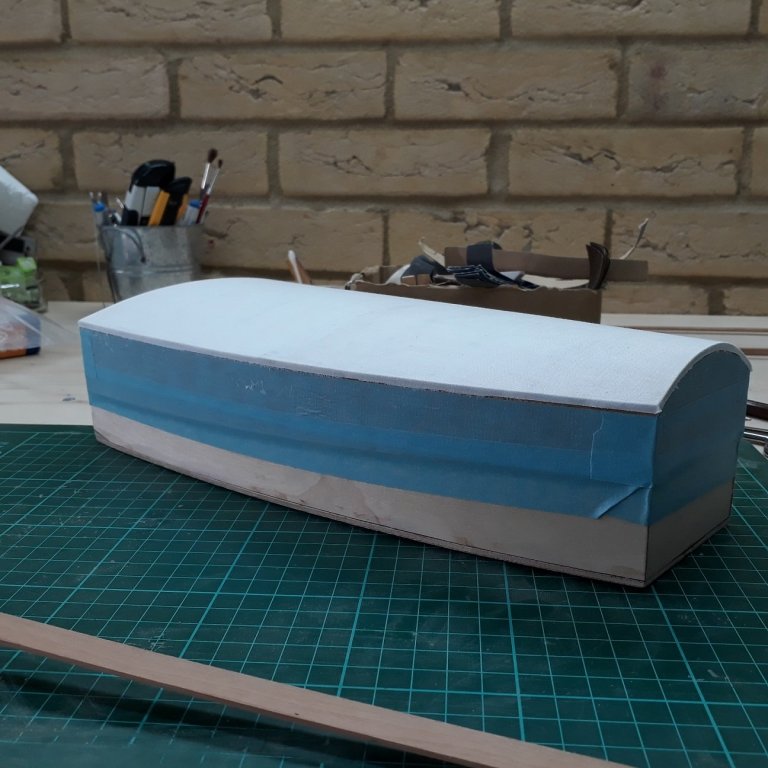
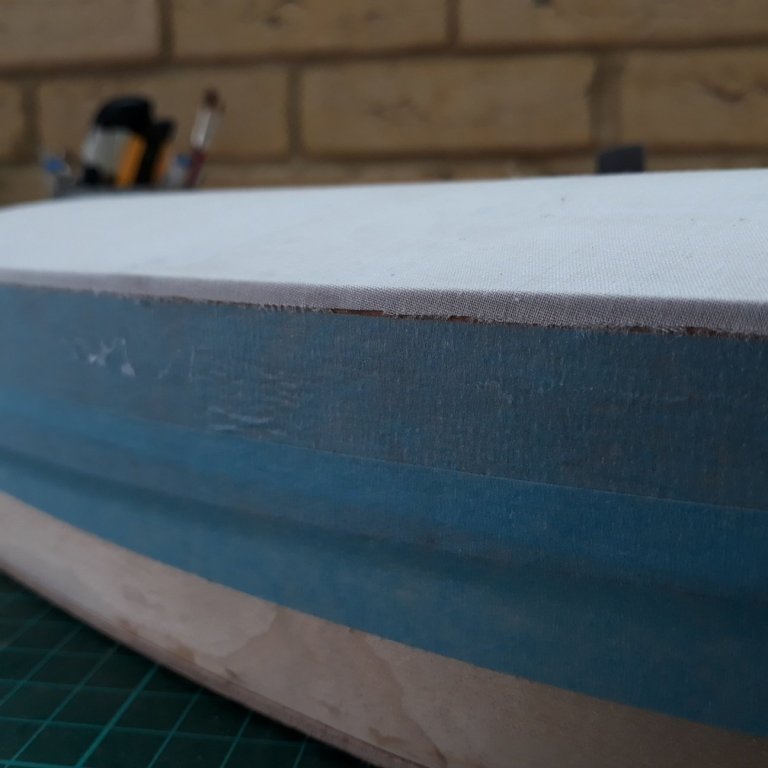
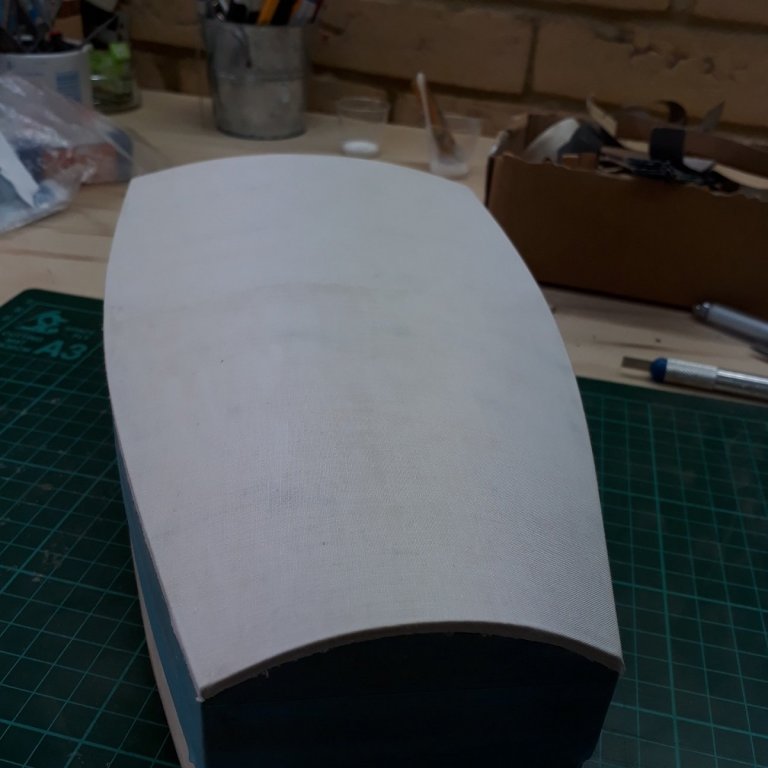
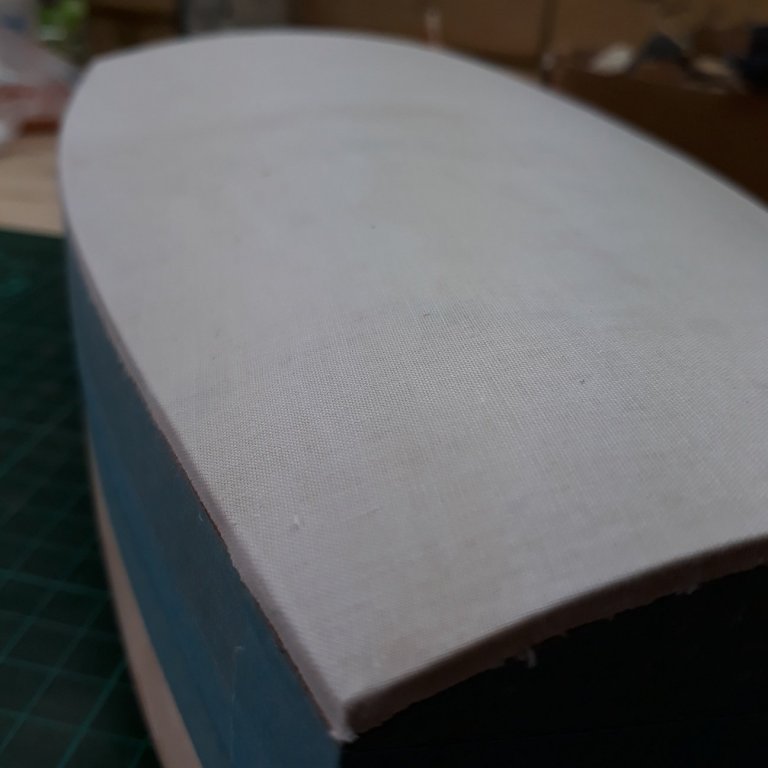
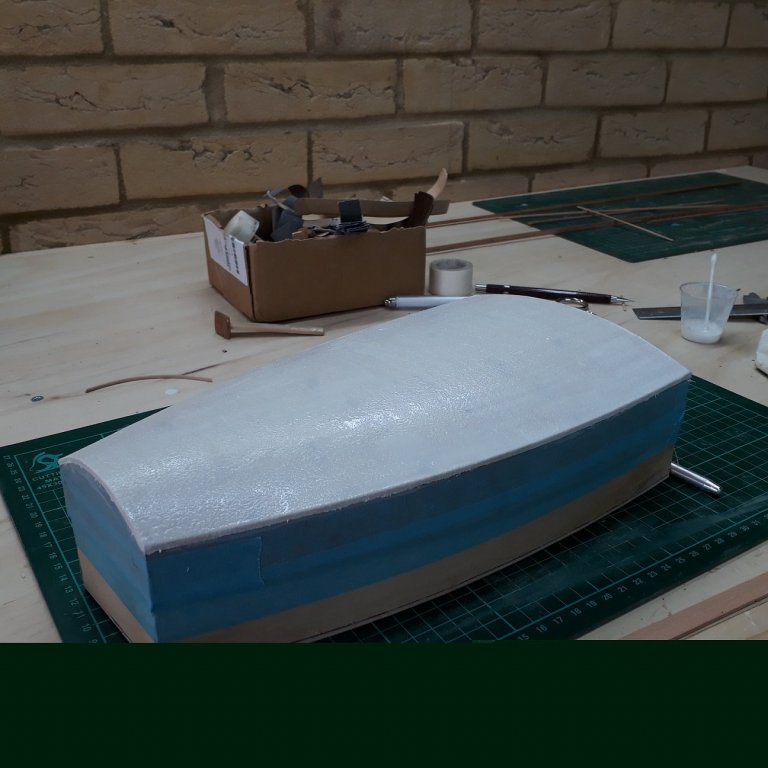
.thumb.jpg.dd3d82f75c84ab14f3a07603fbe54467.jpg)
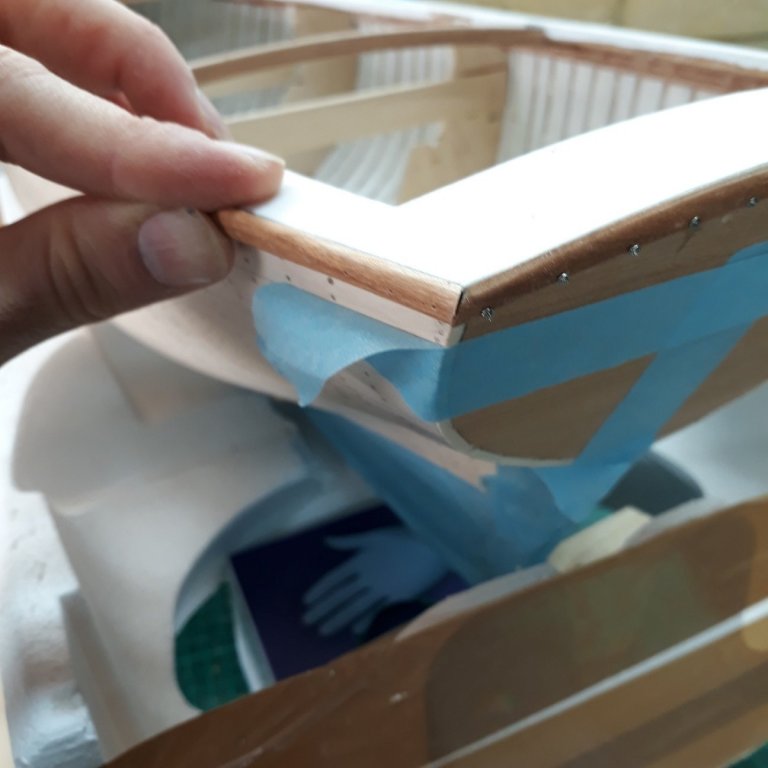
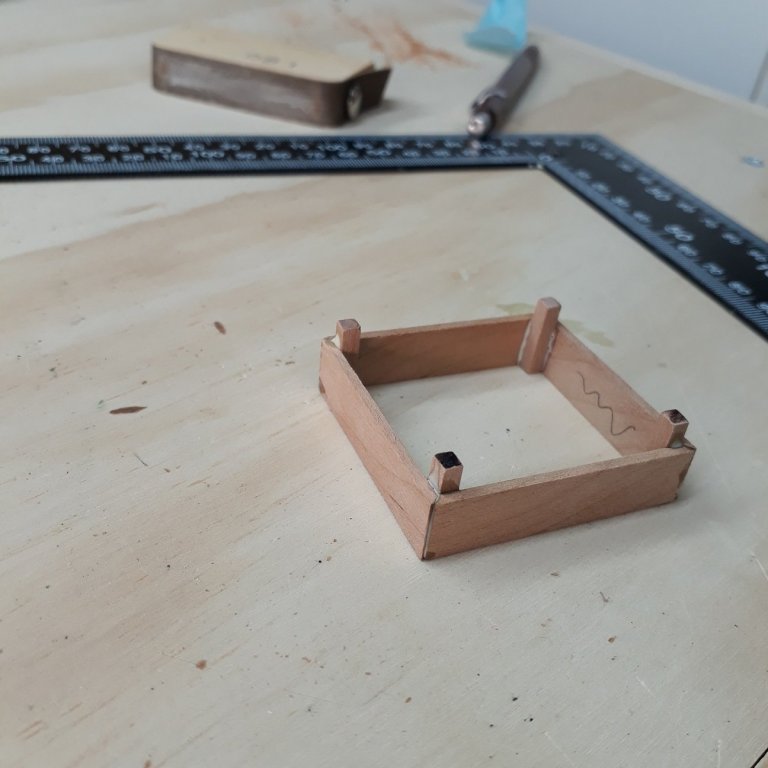
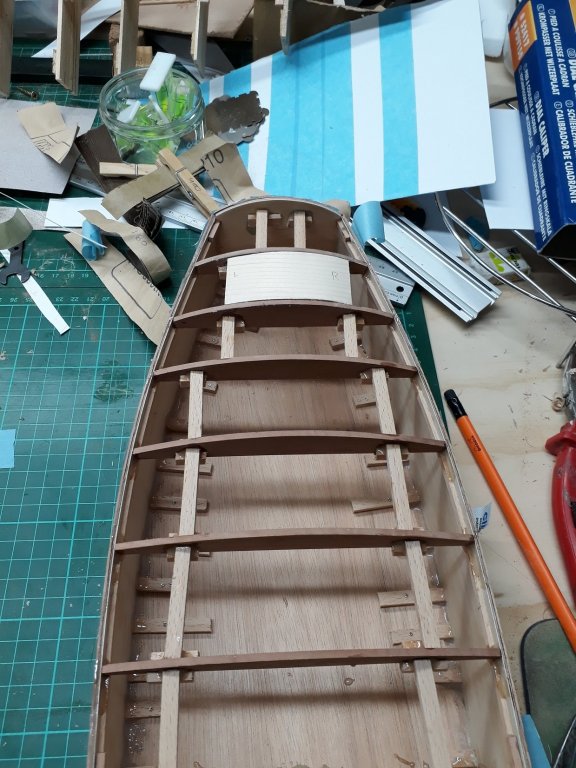
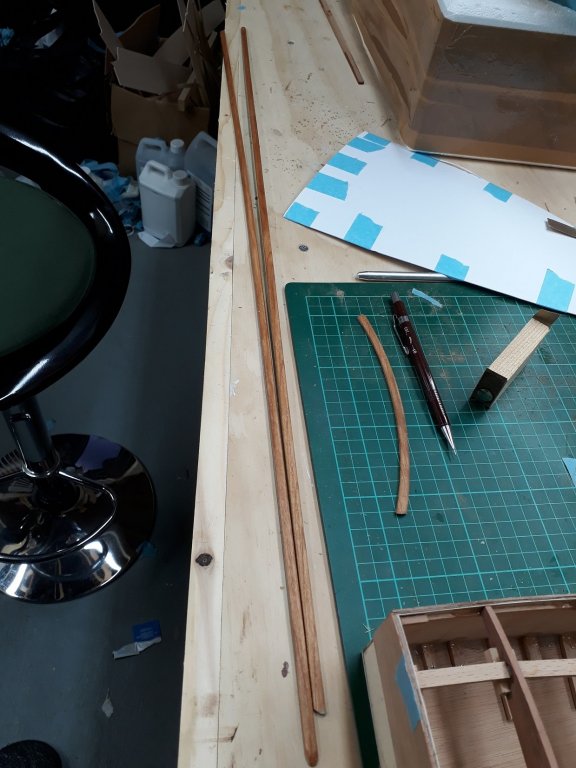
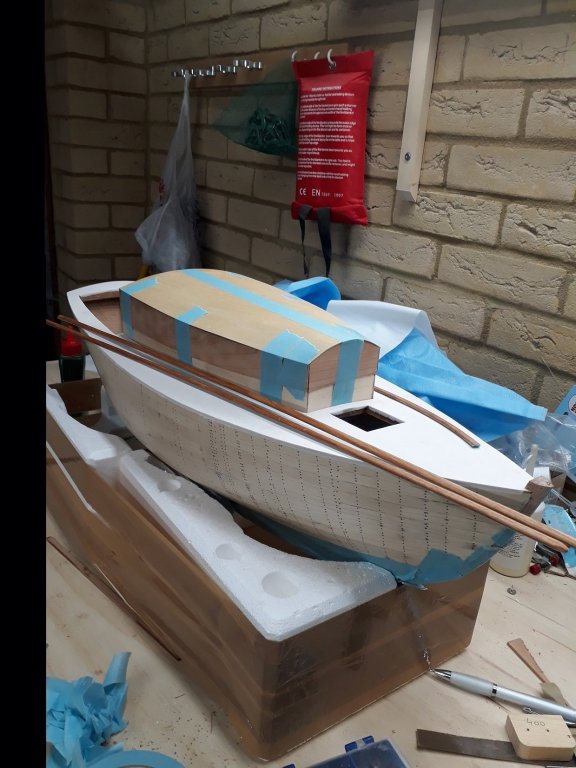
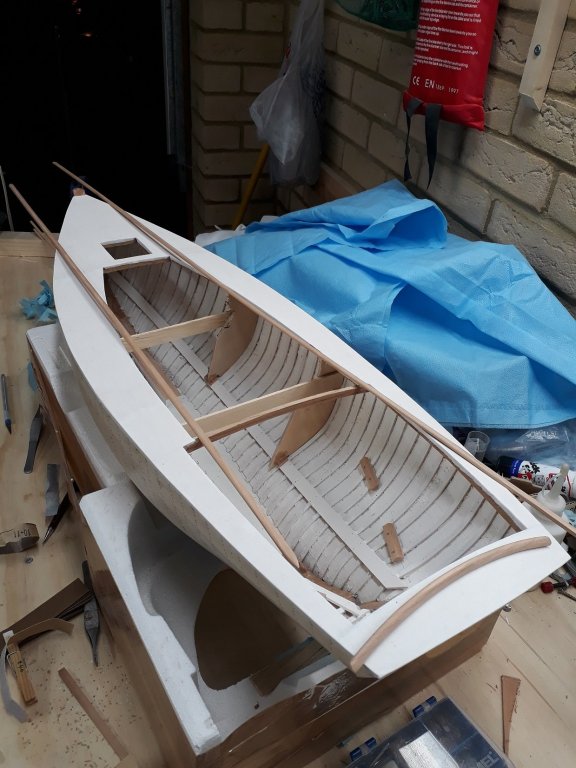
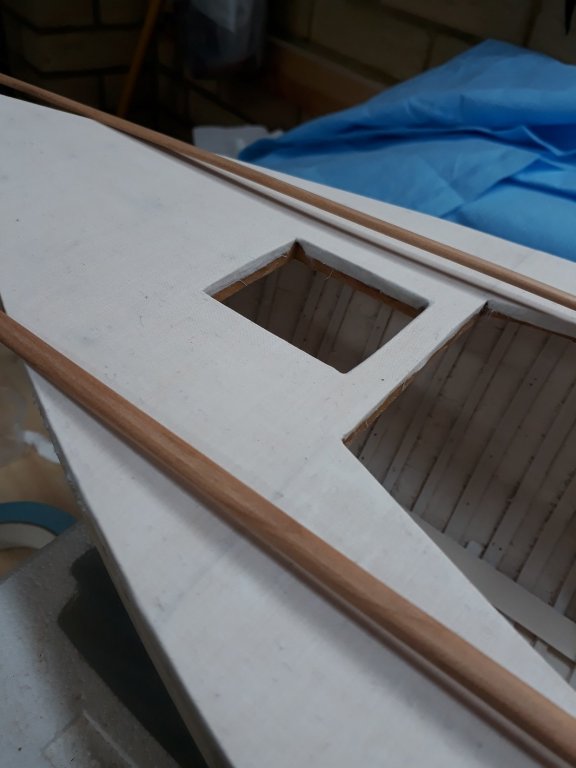
Question re: wood for hull planking
in Building, Framing, Planking and plating a ships hull and deck
Posted
In the boat I currently build, I spilled all 35 planks, some very heavily. The 2 mm maple refused to bend sideways but very happily bent any other way. Some planks were 80 cm long and after the first 2-3 planks I standardised a method. Best to spill, very satisfying too. You will not convince a 2 mm strip to take this bend!